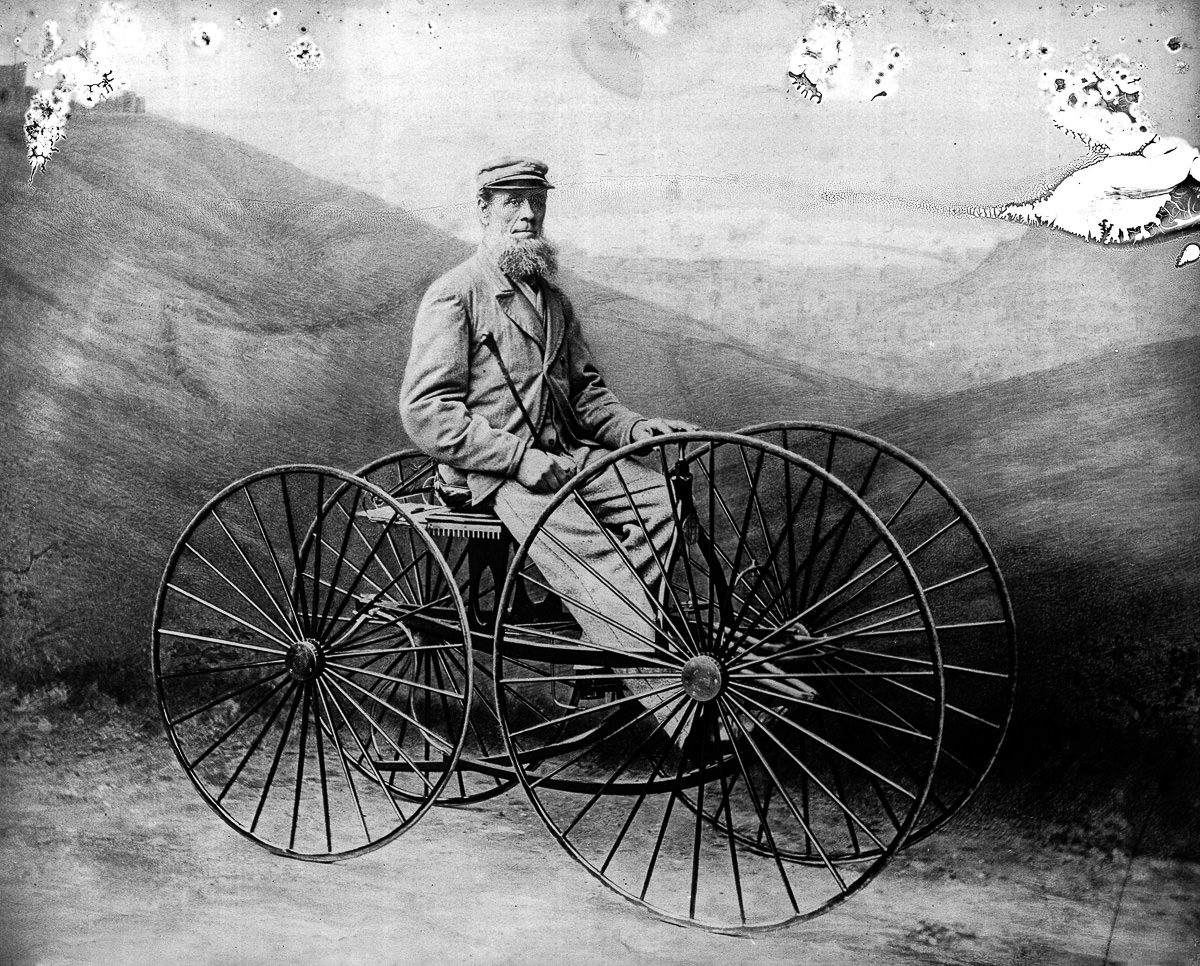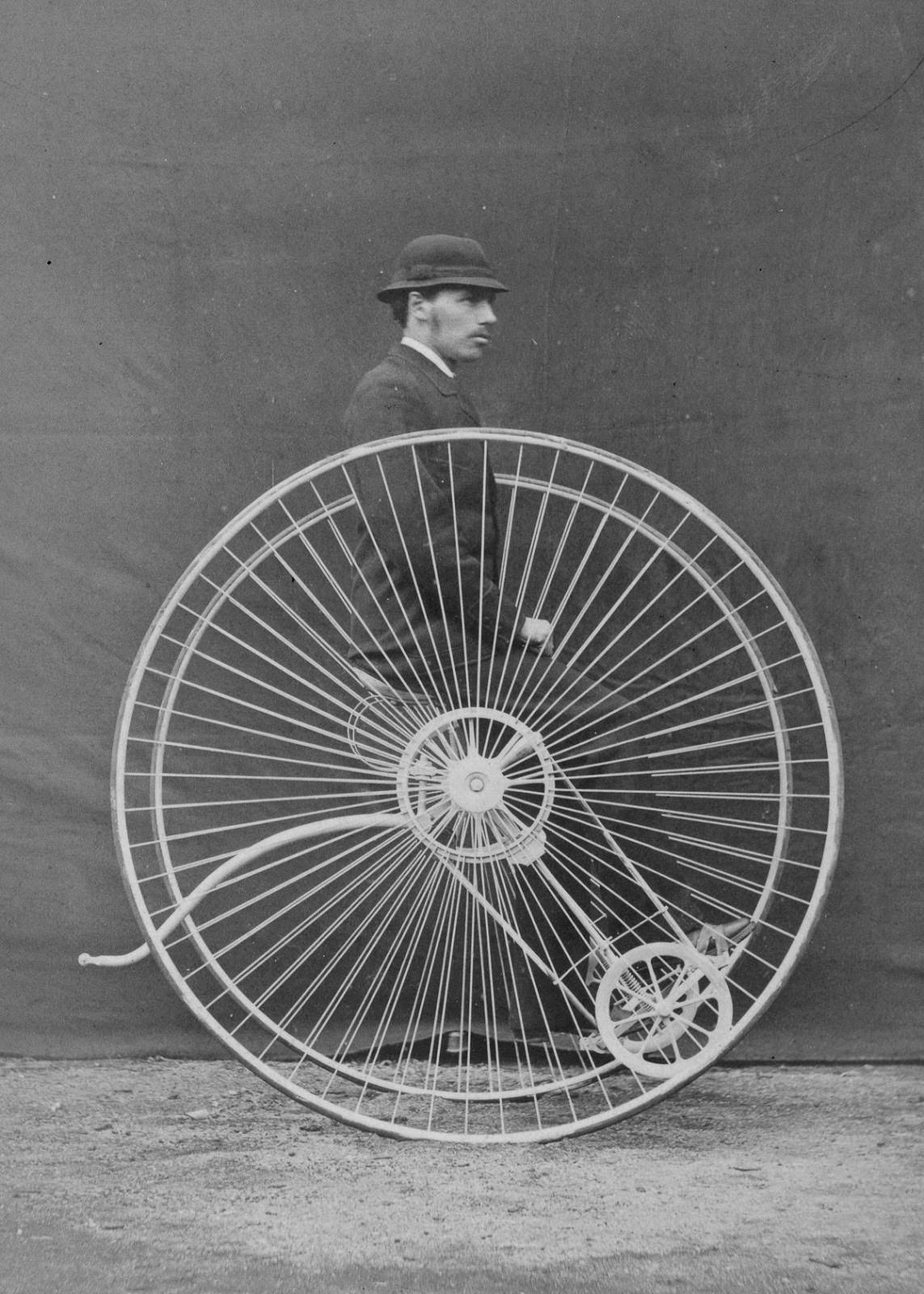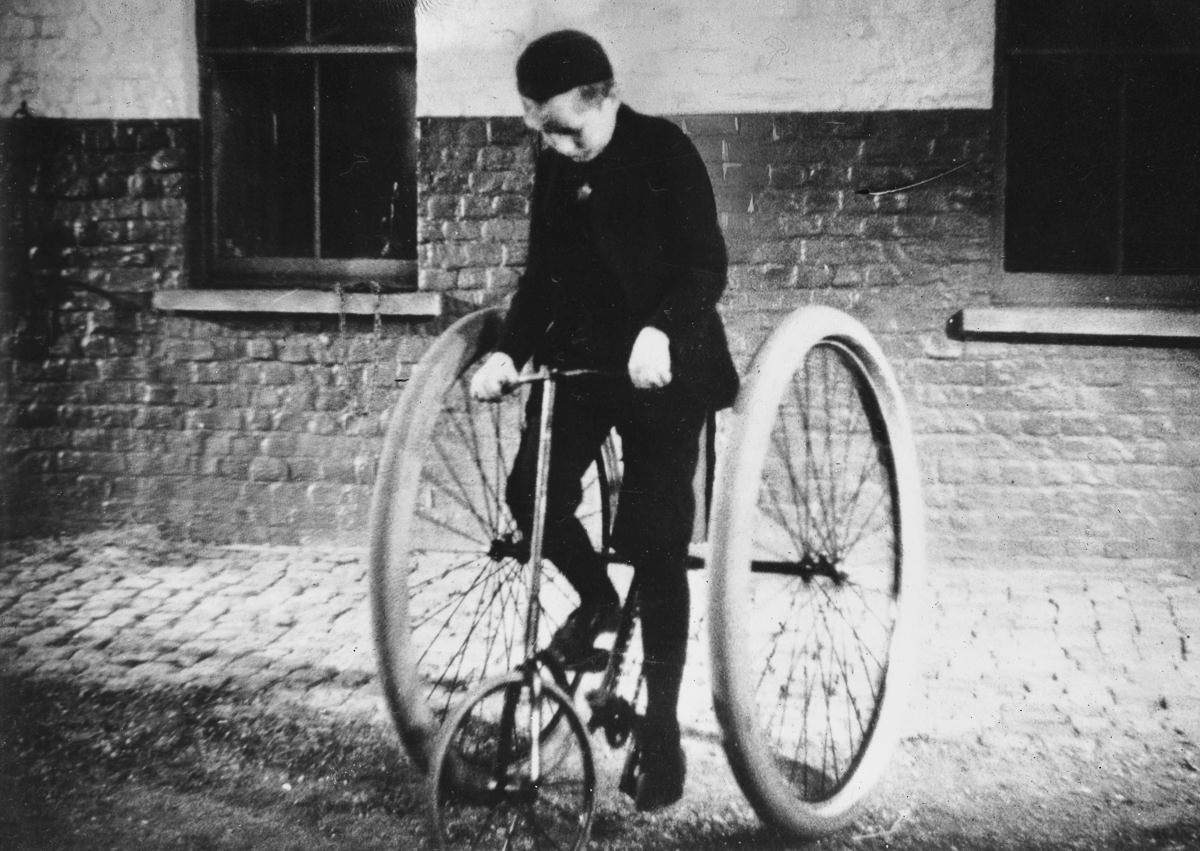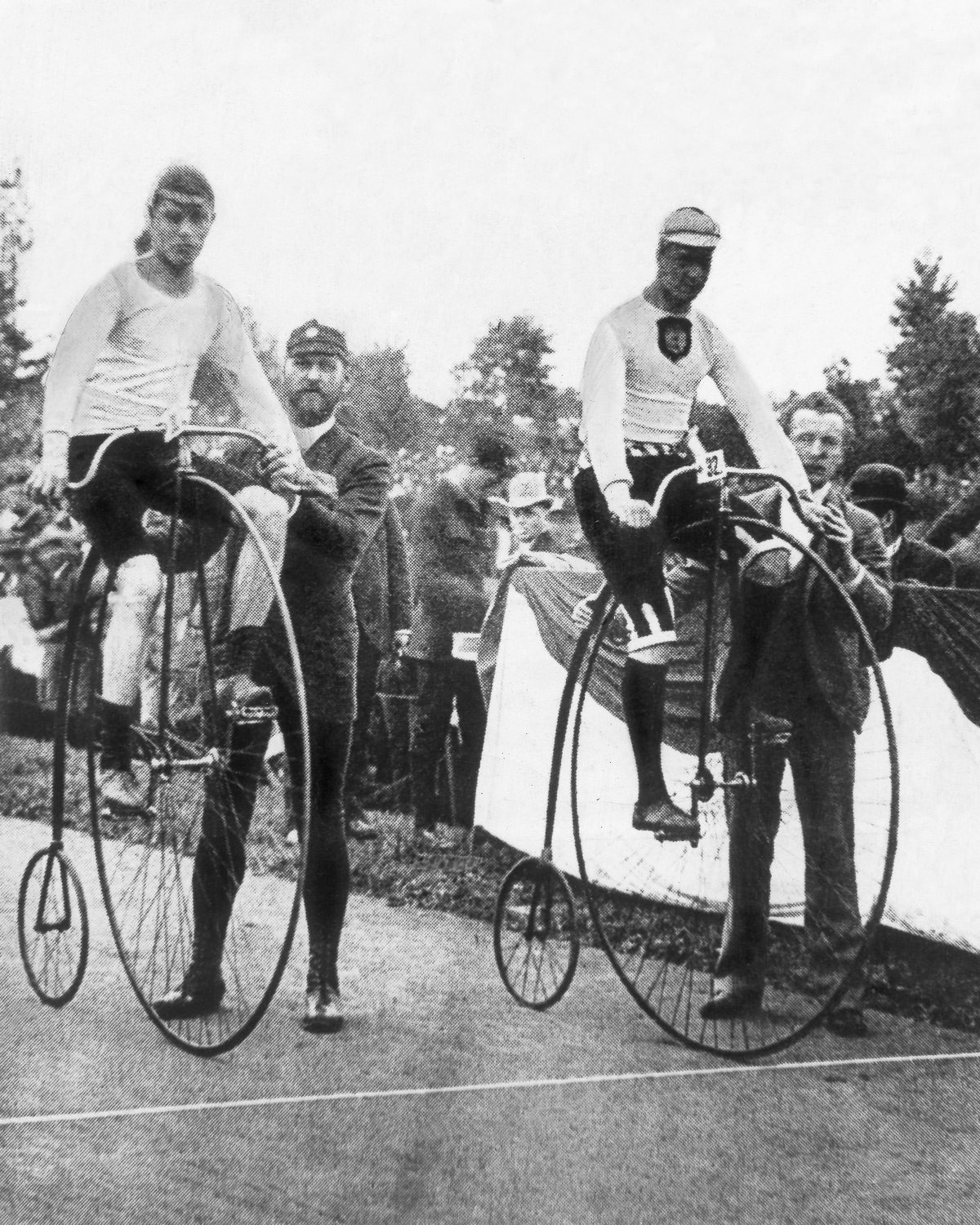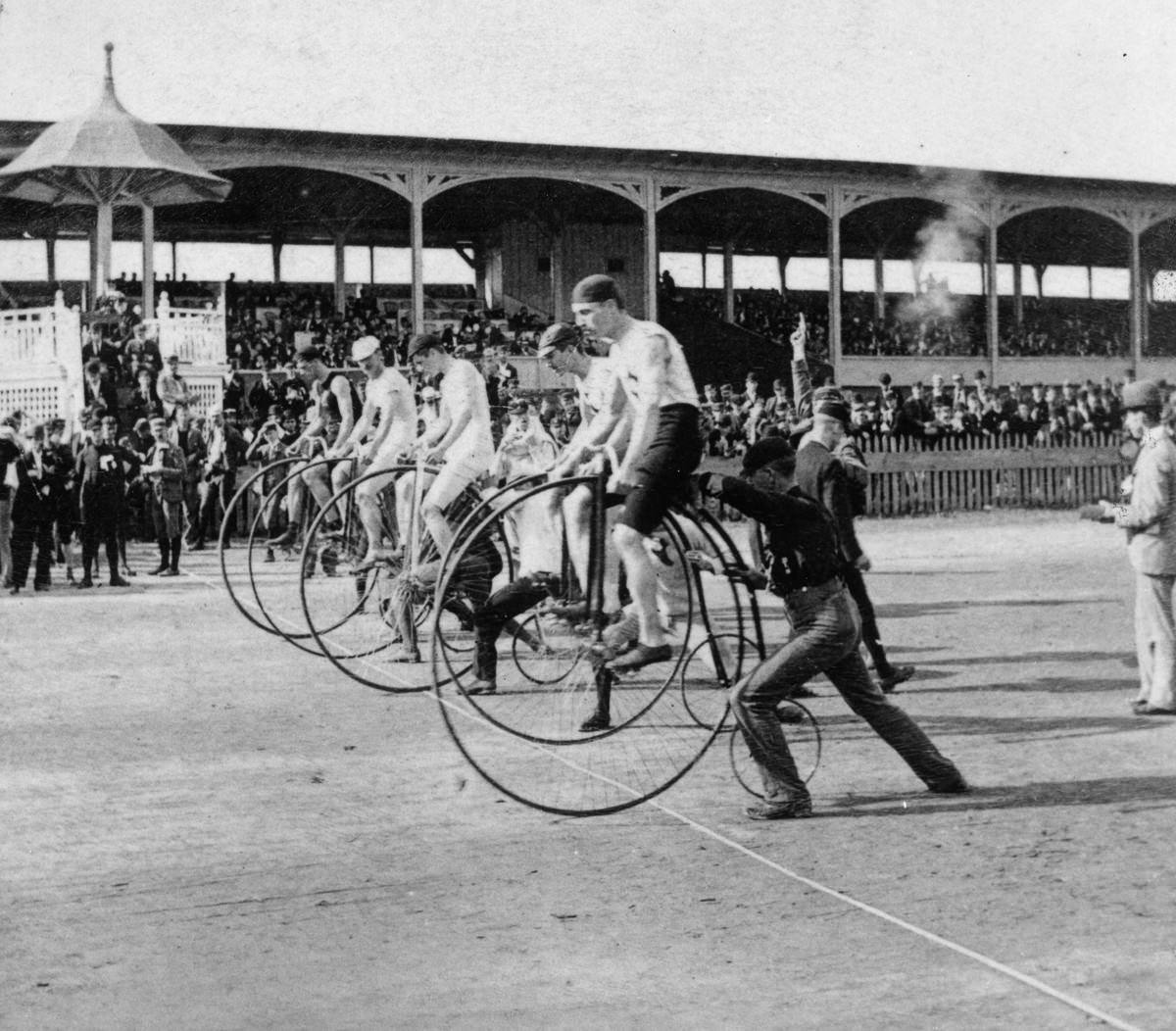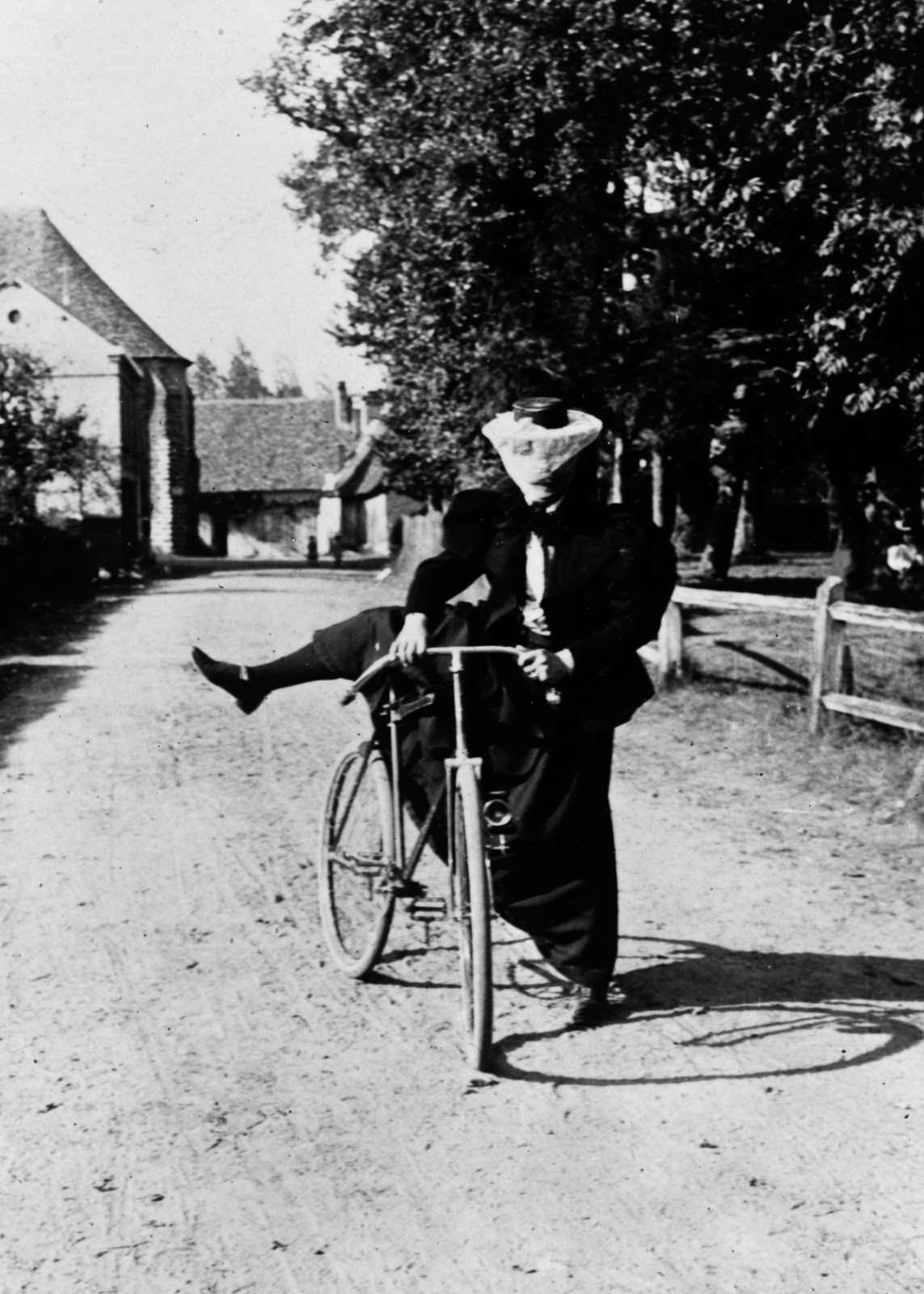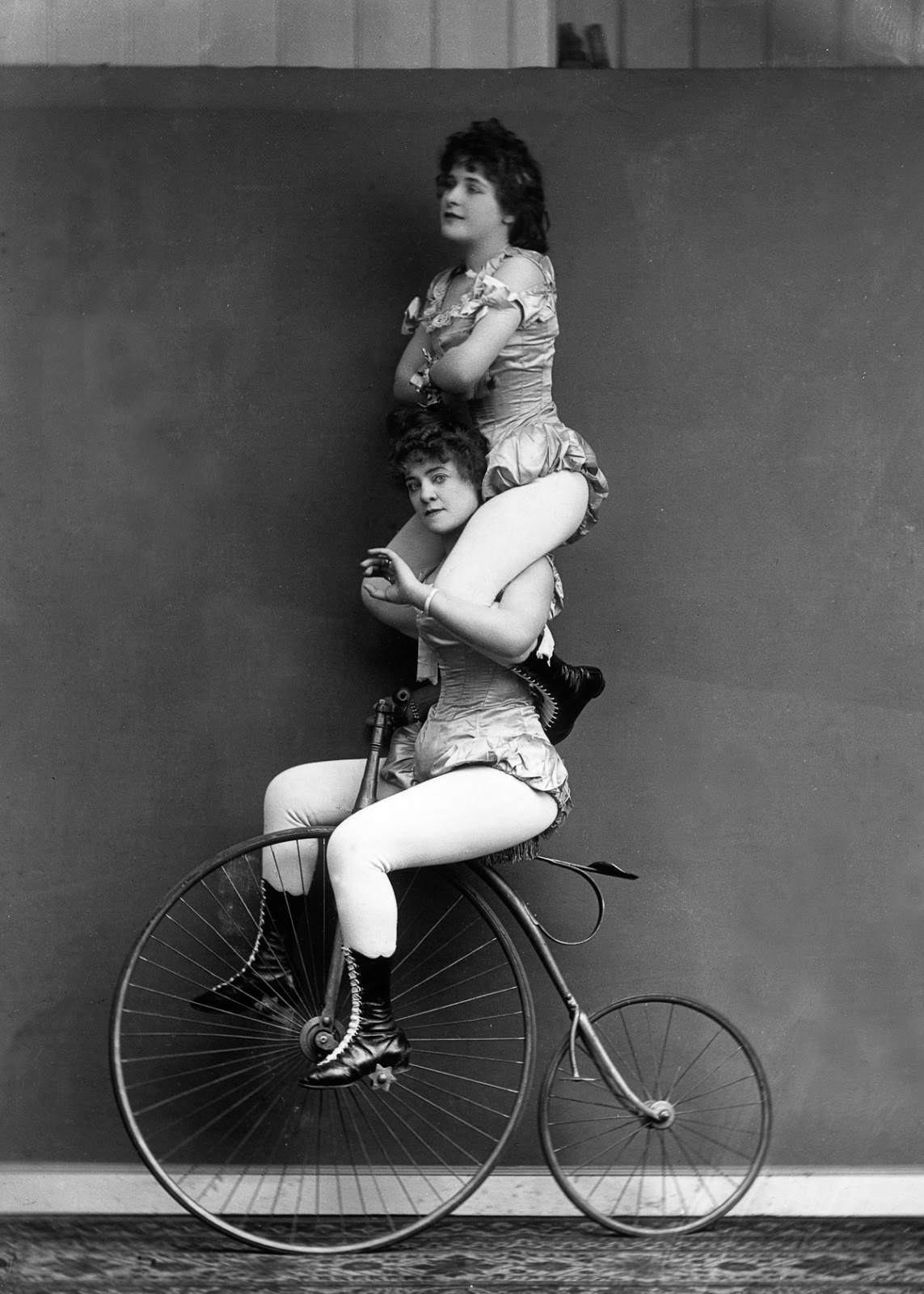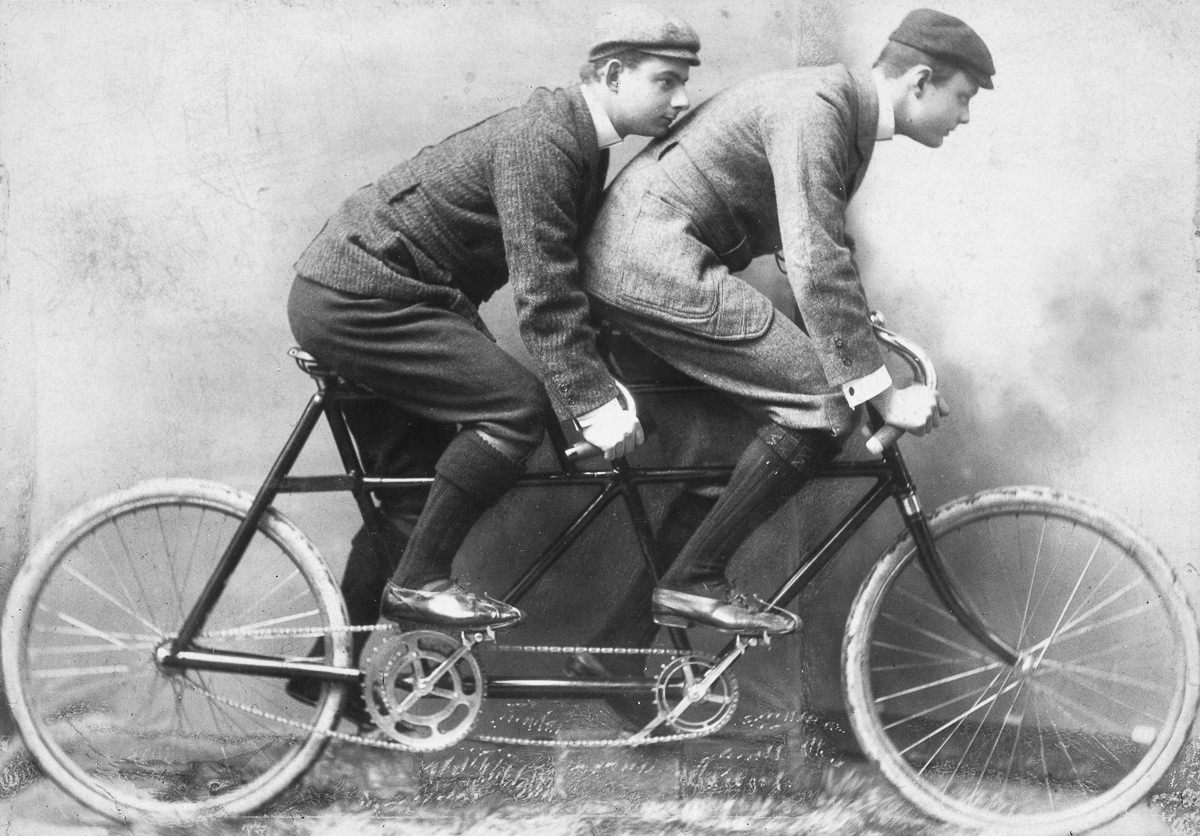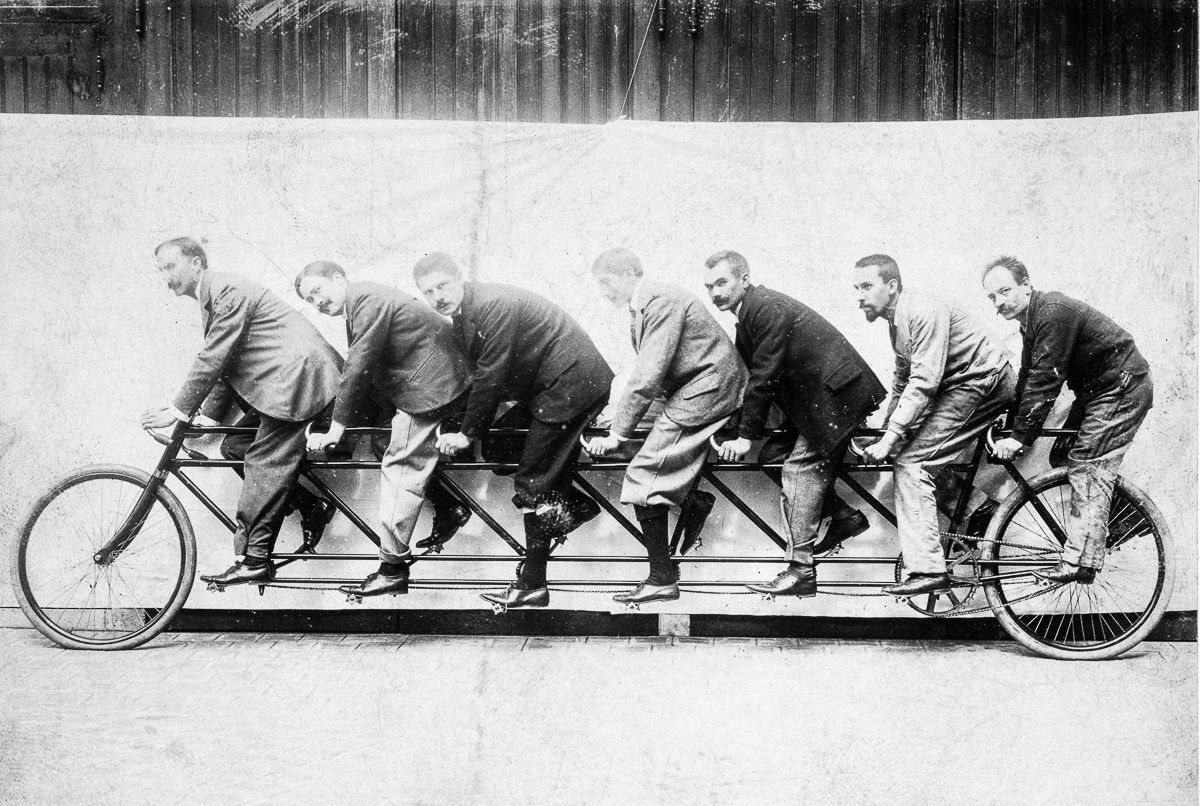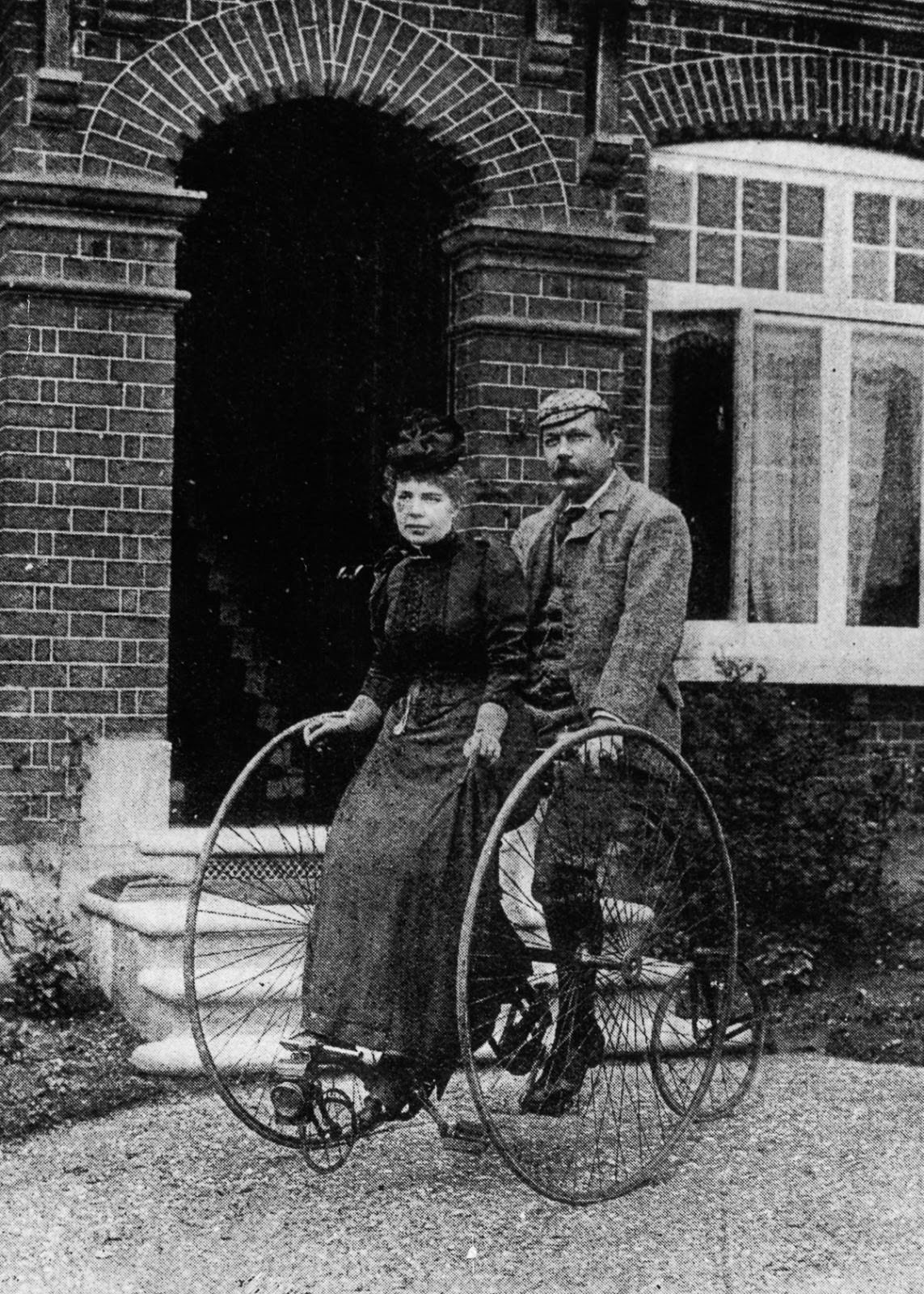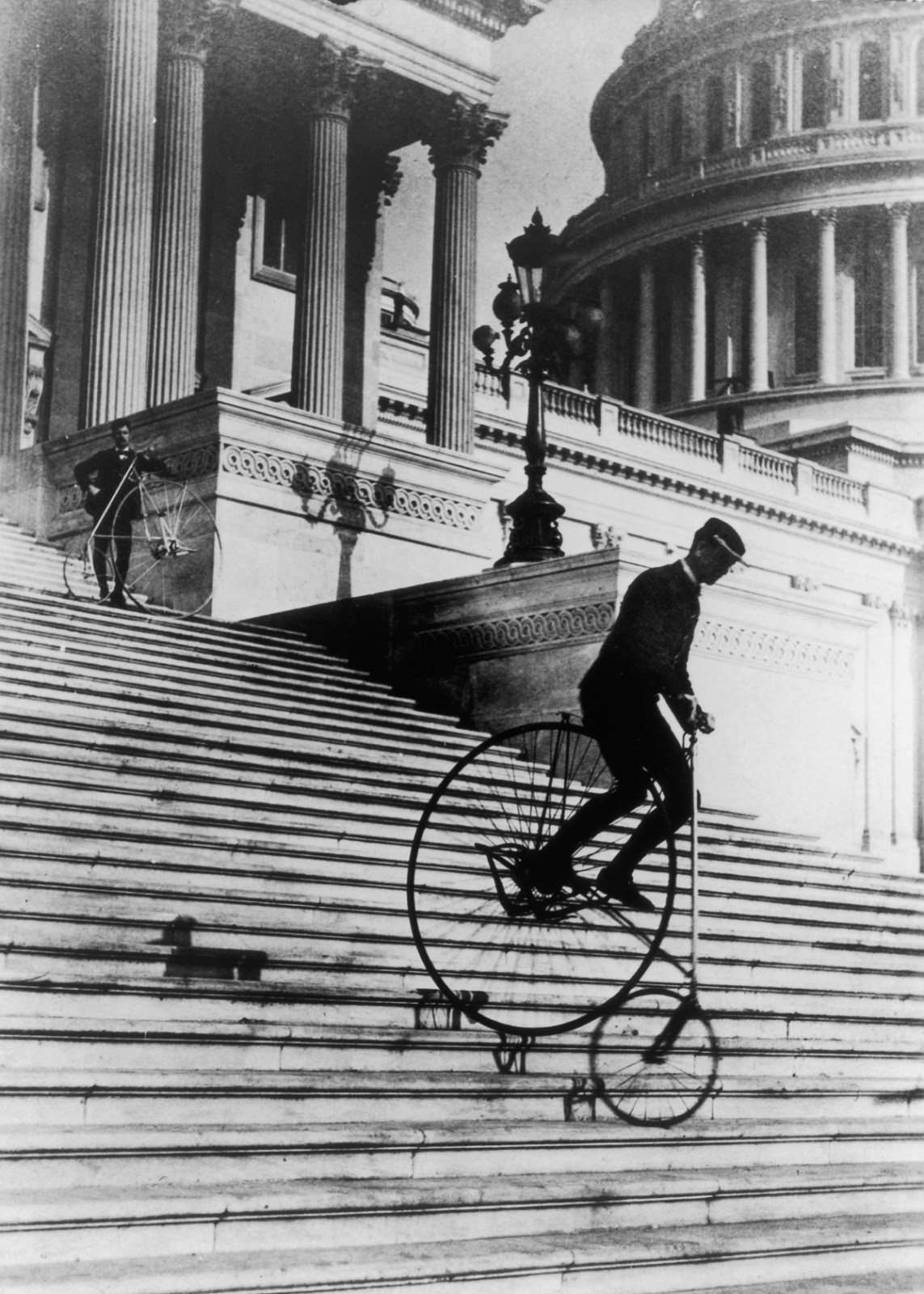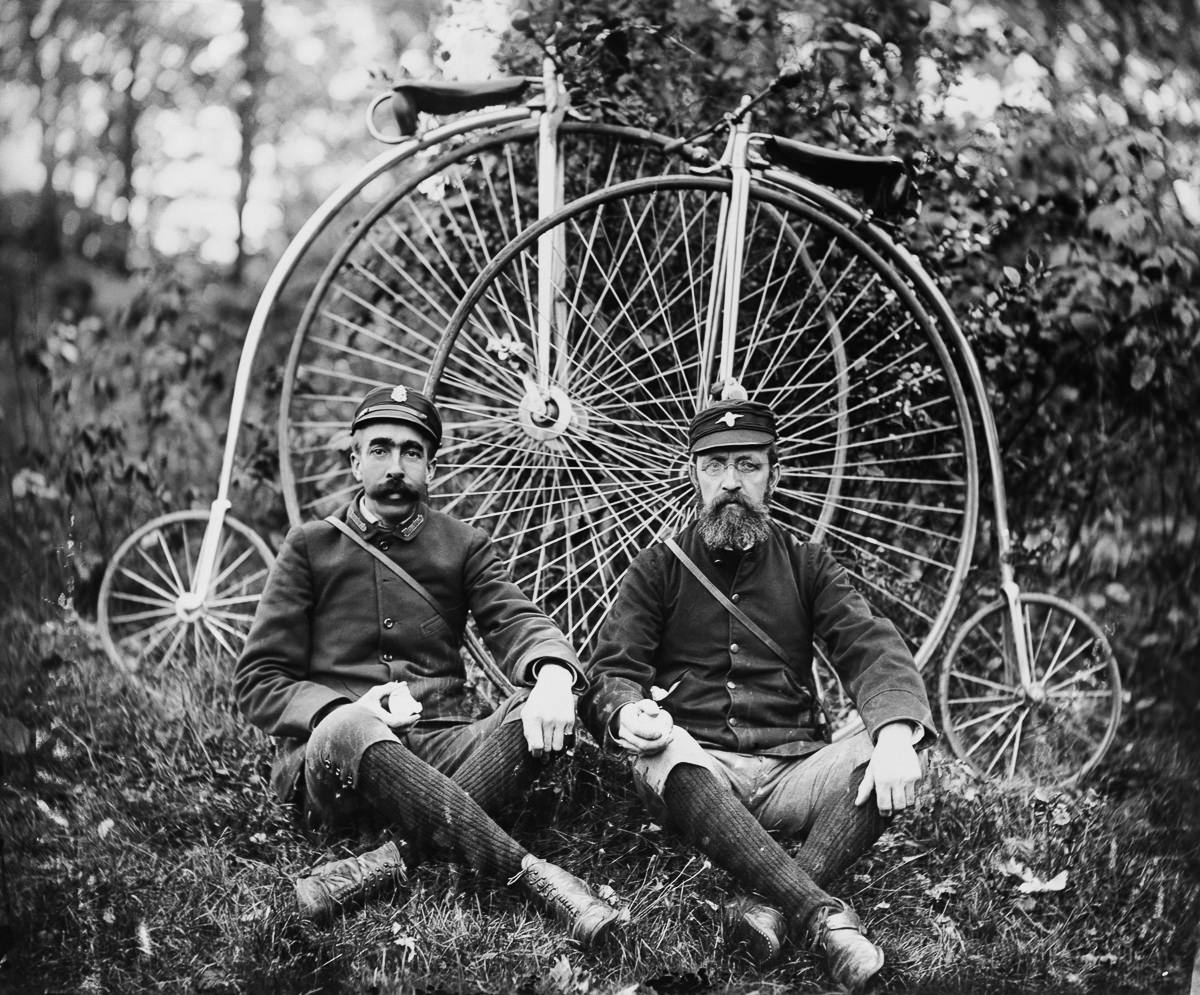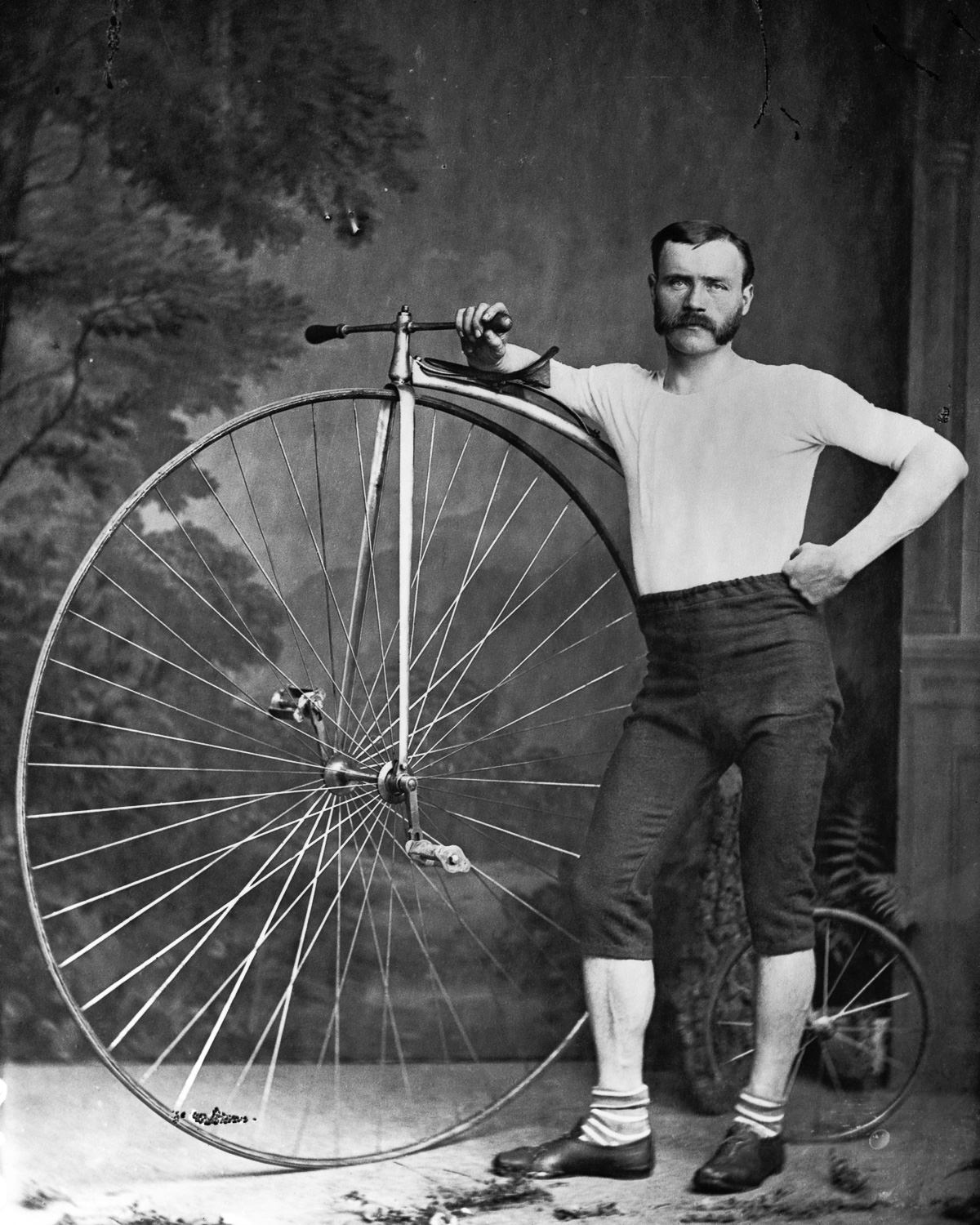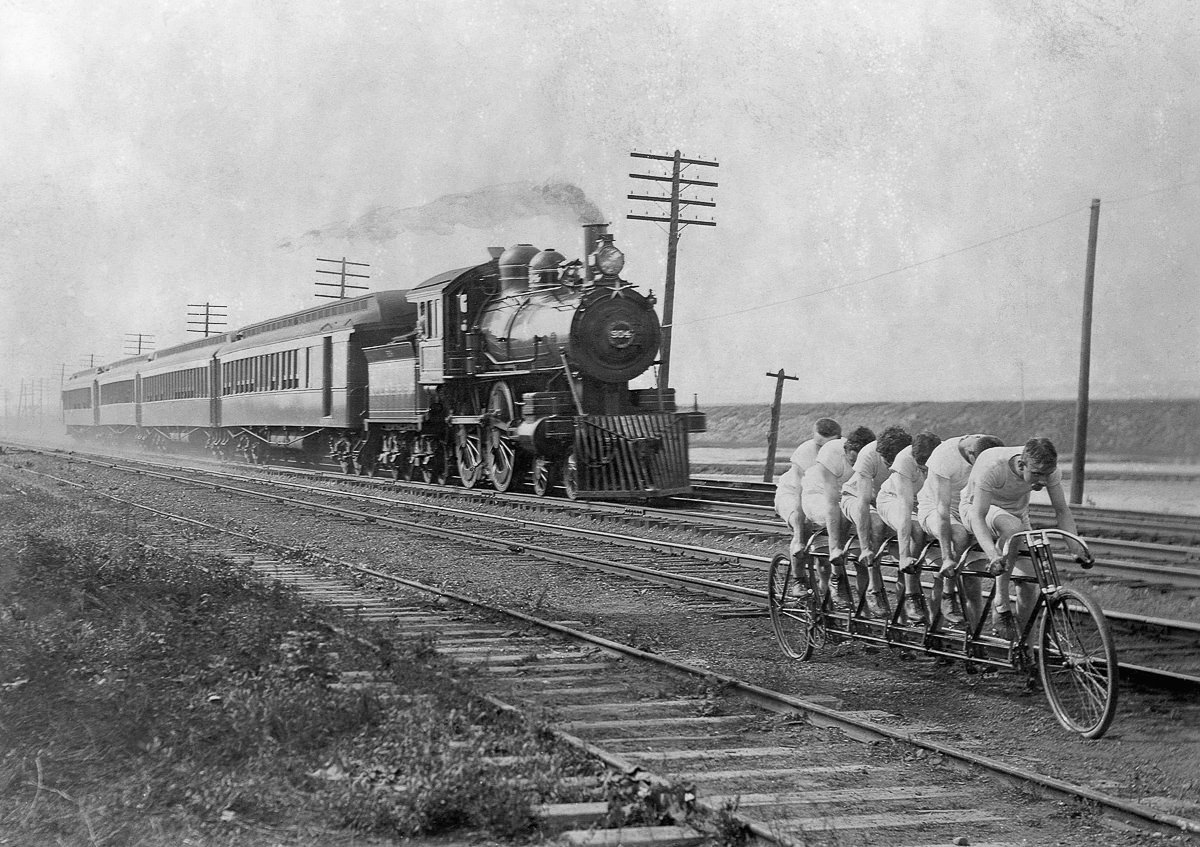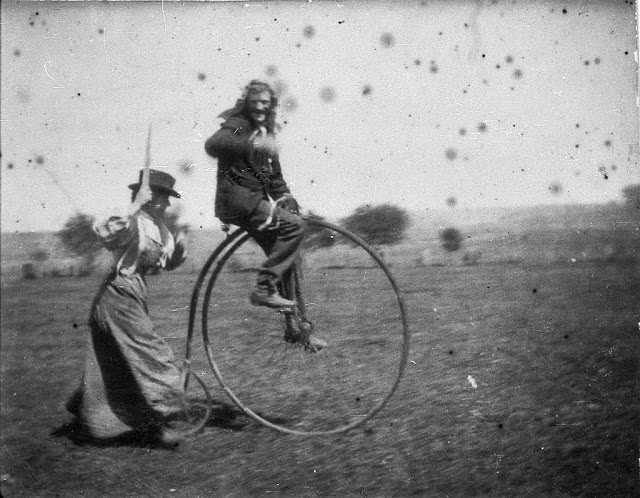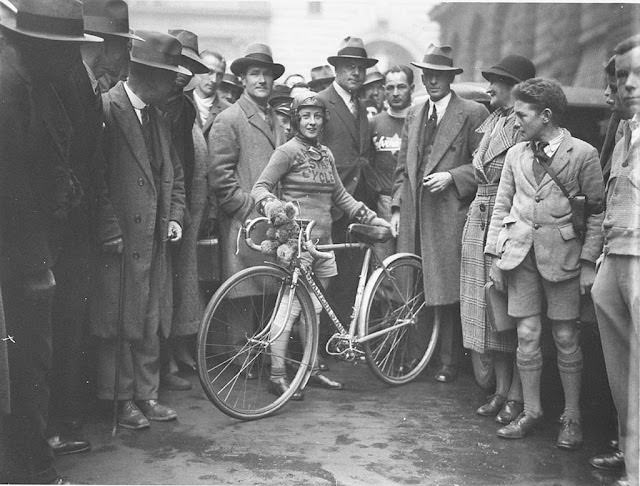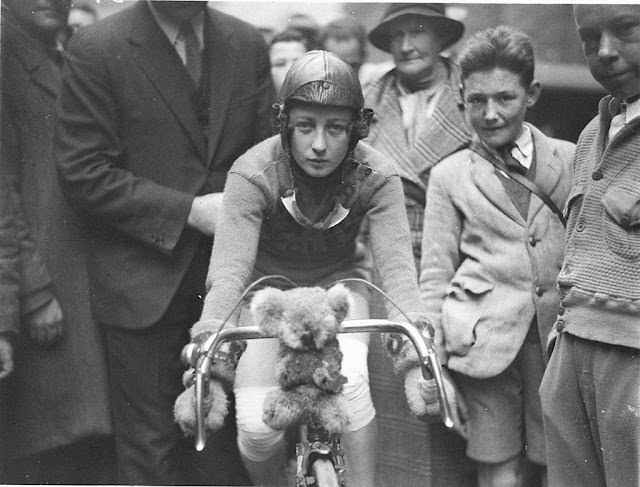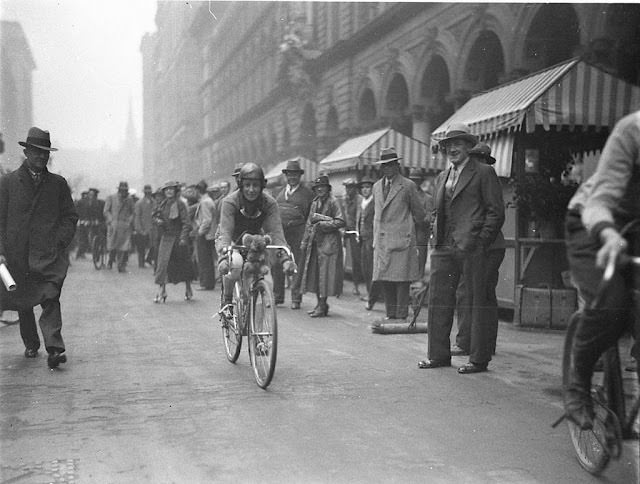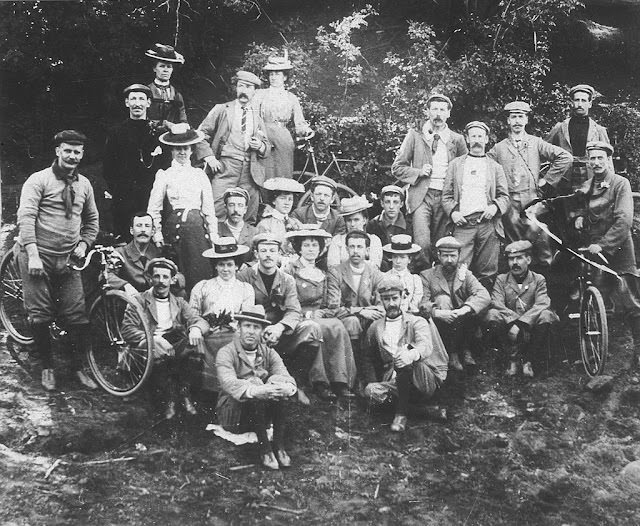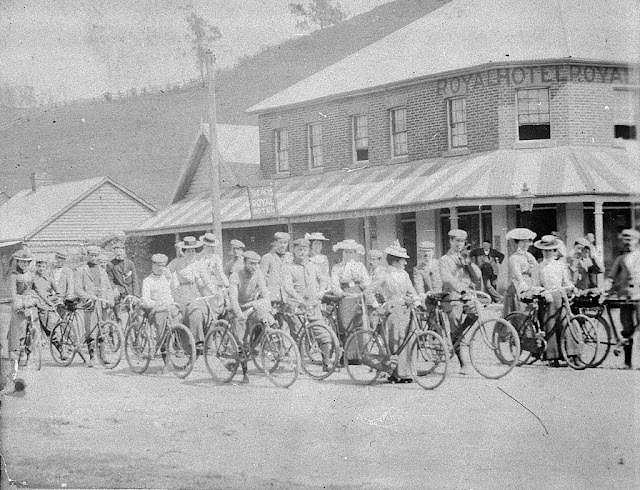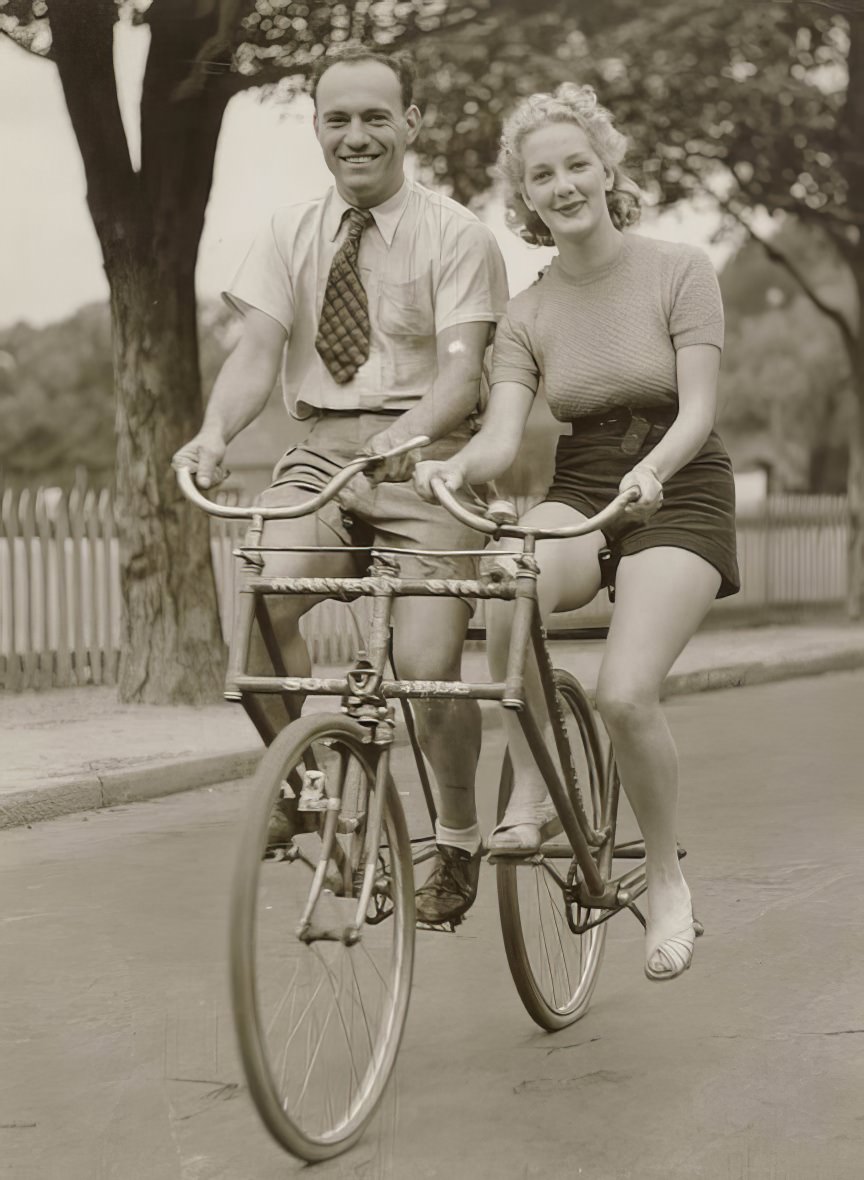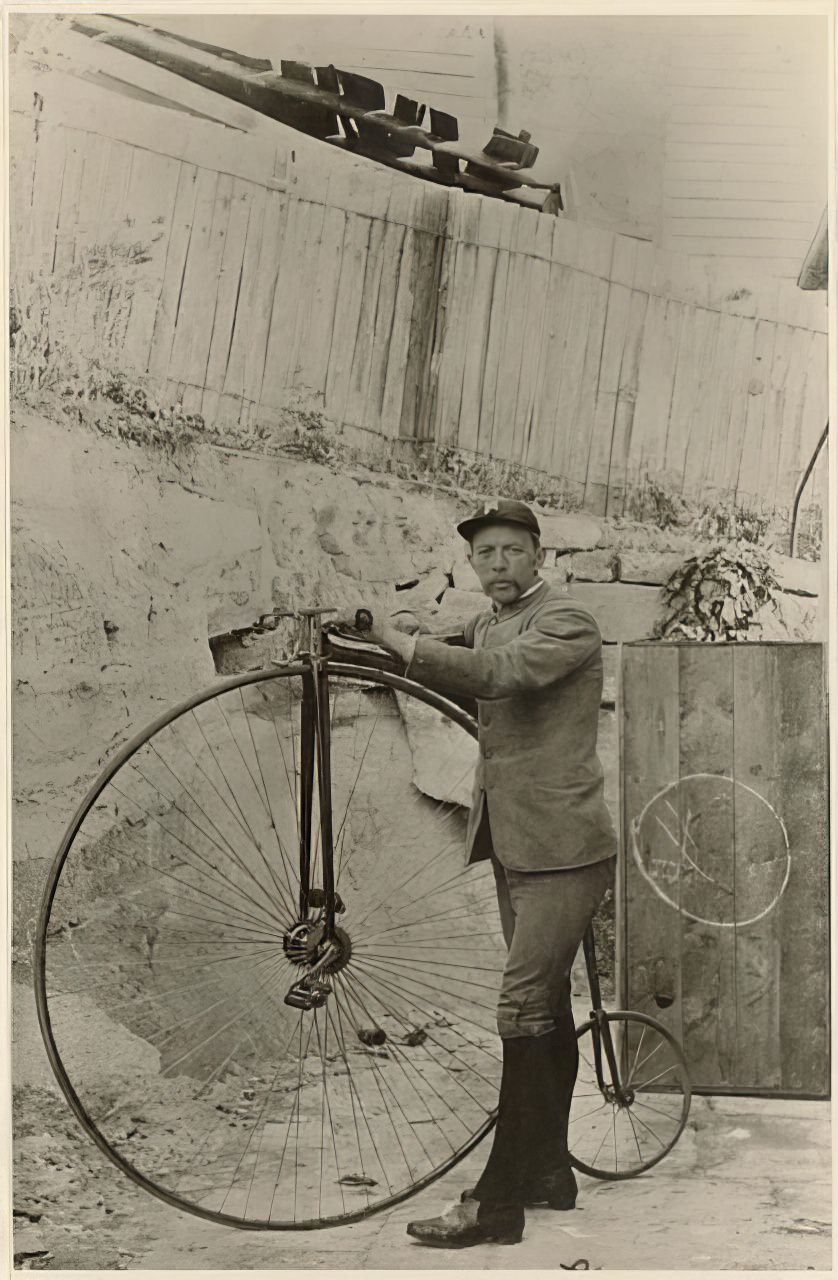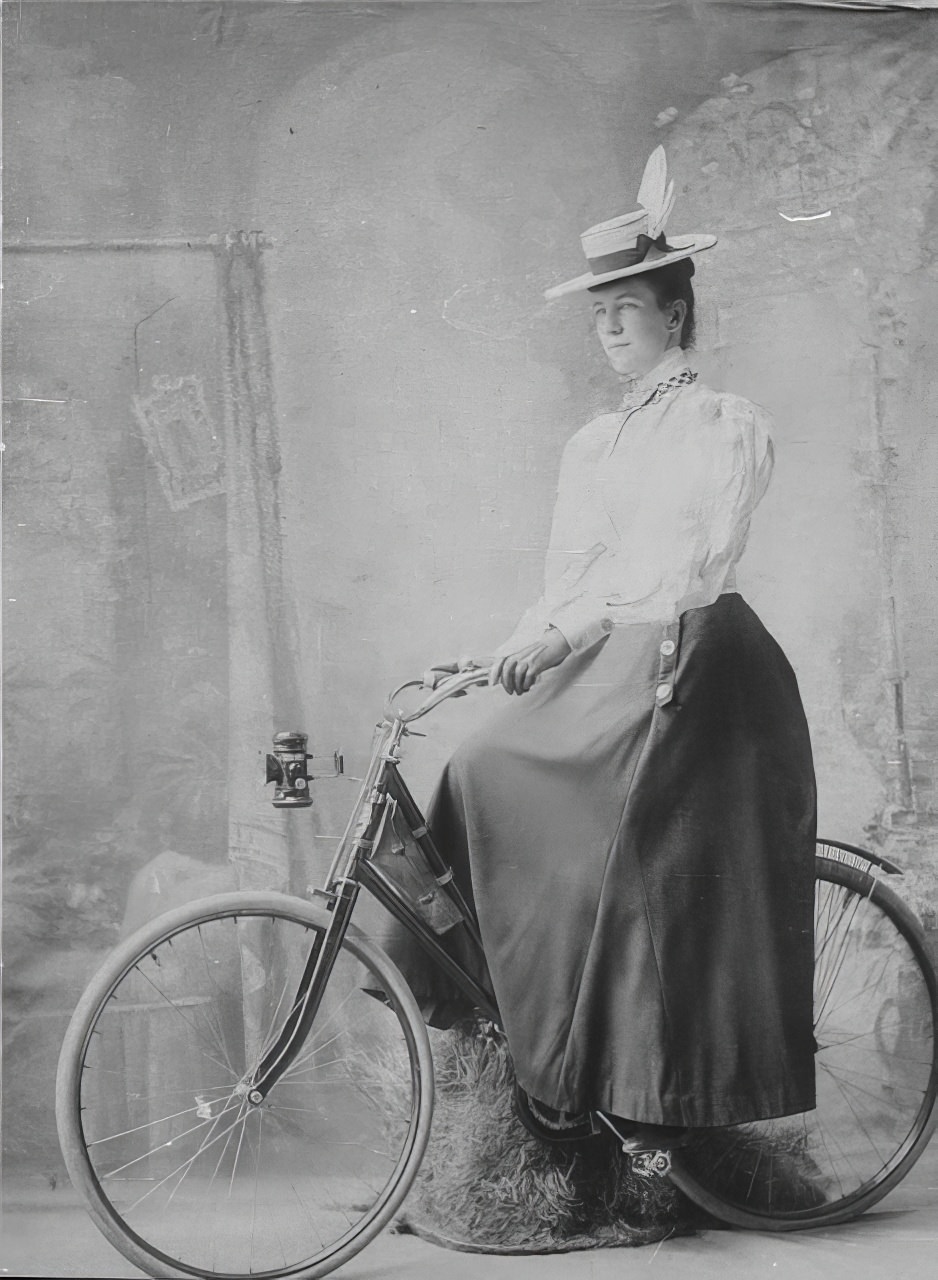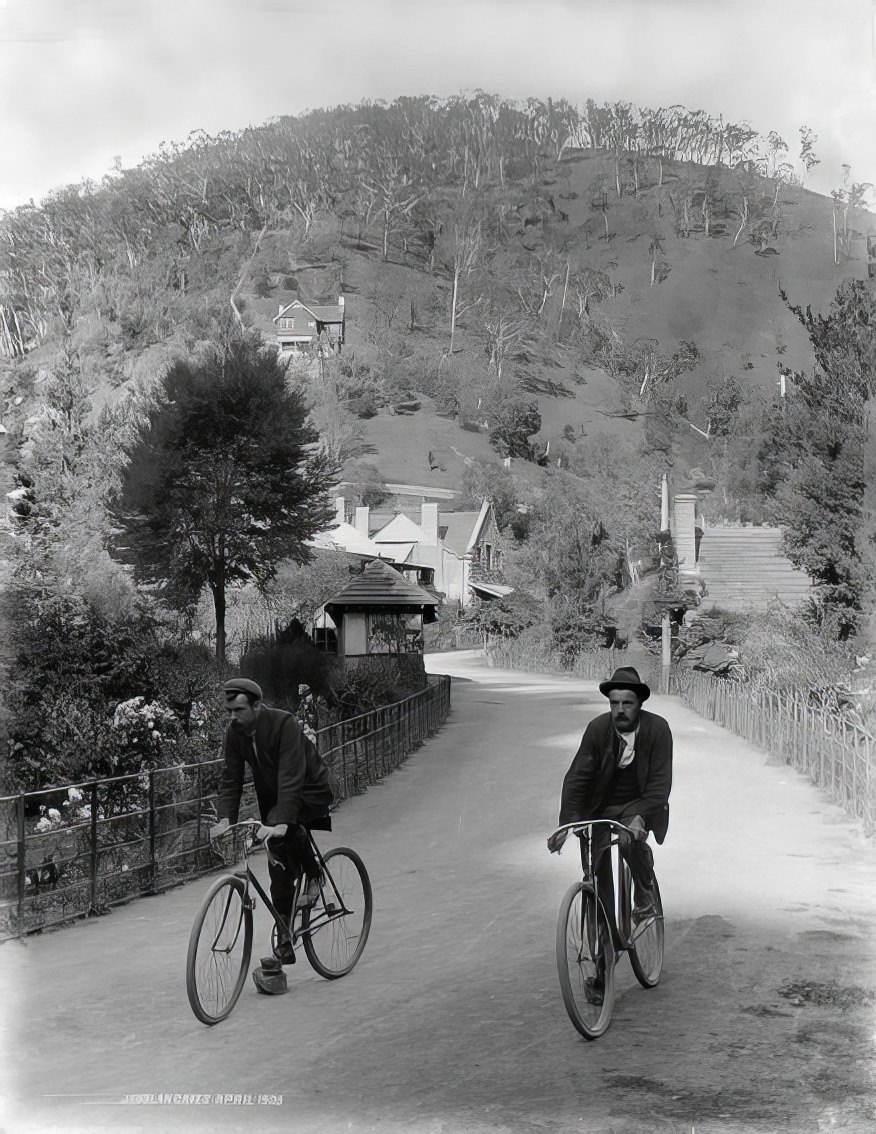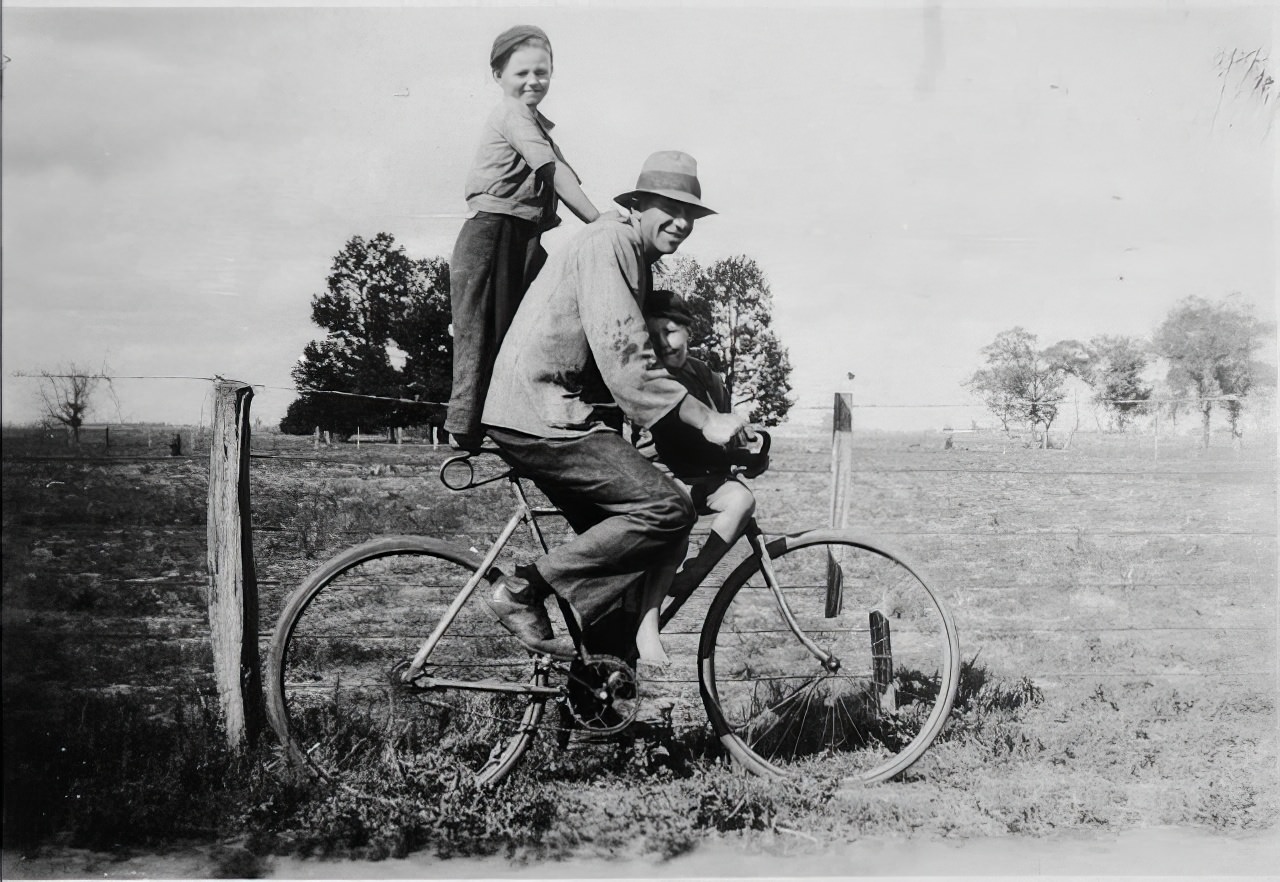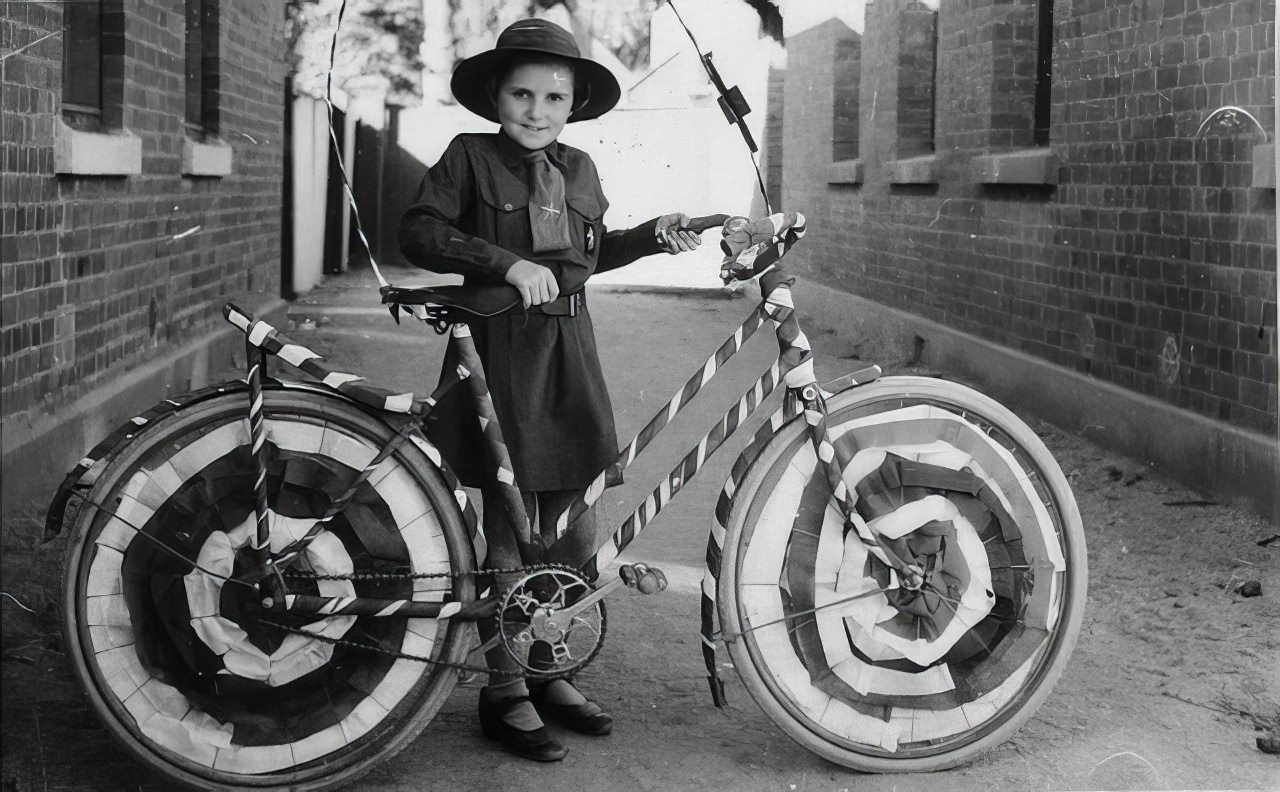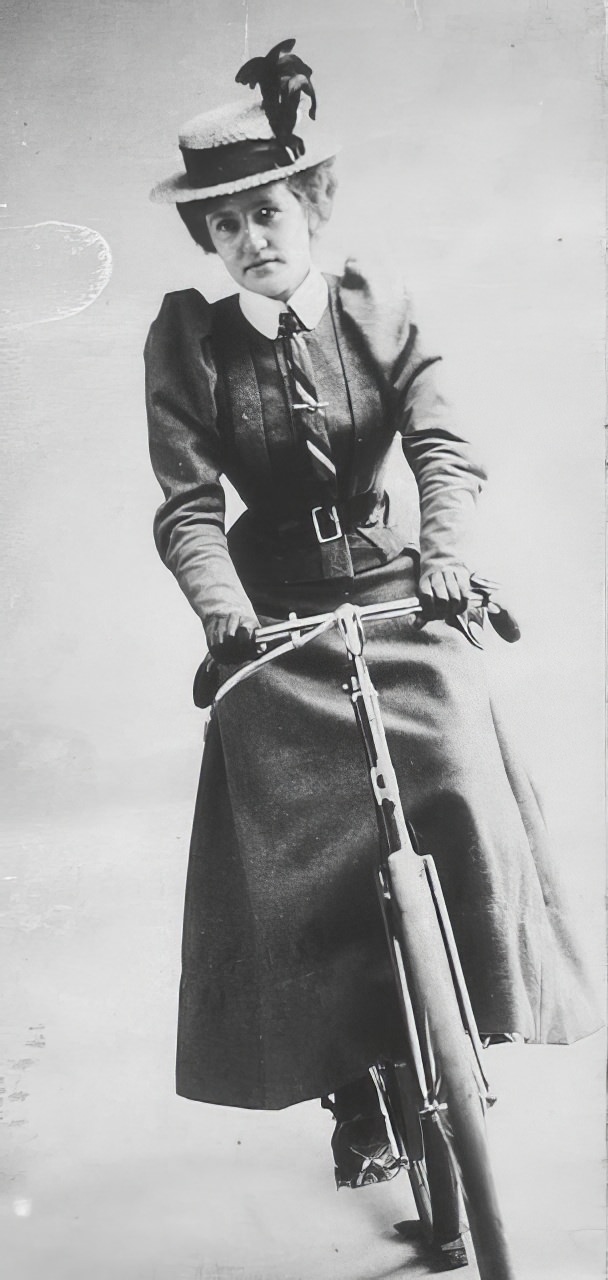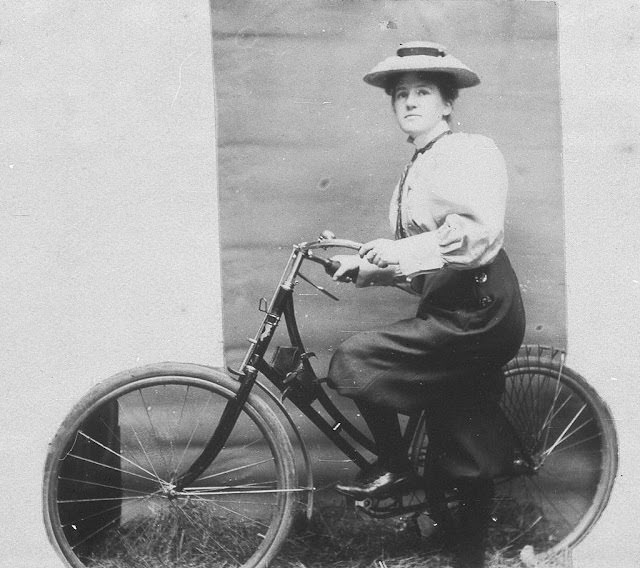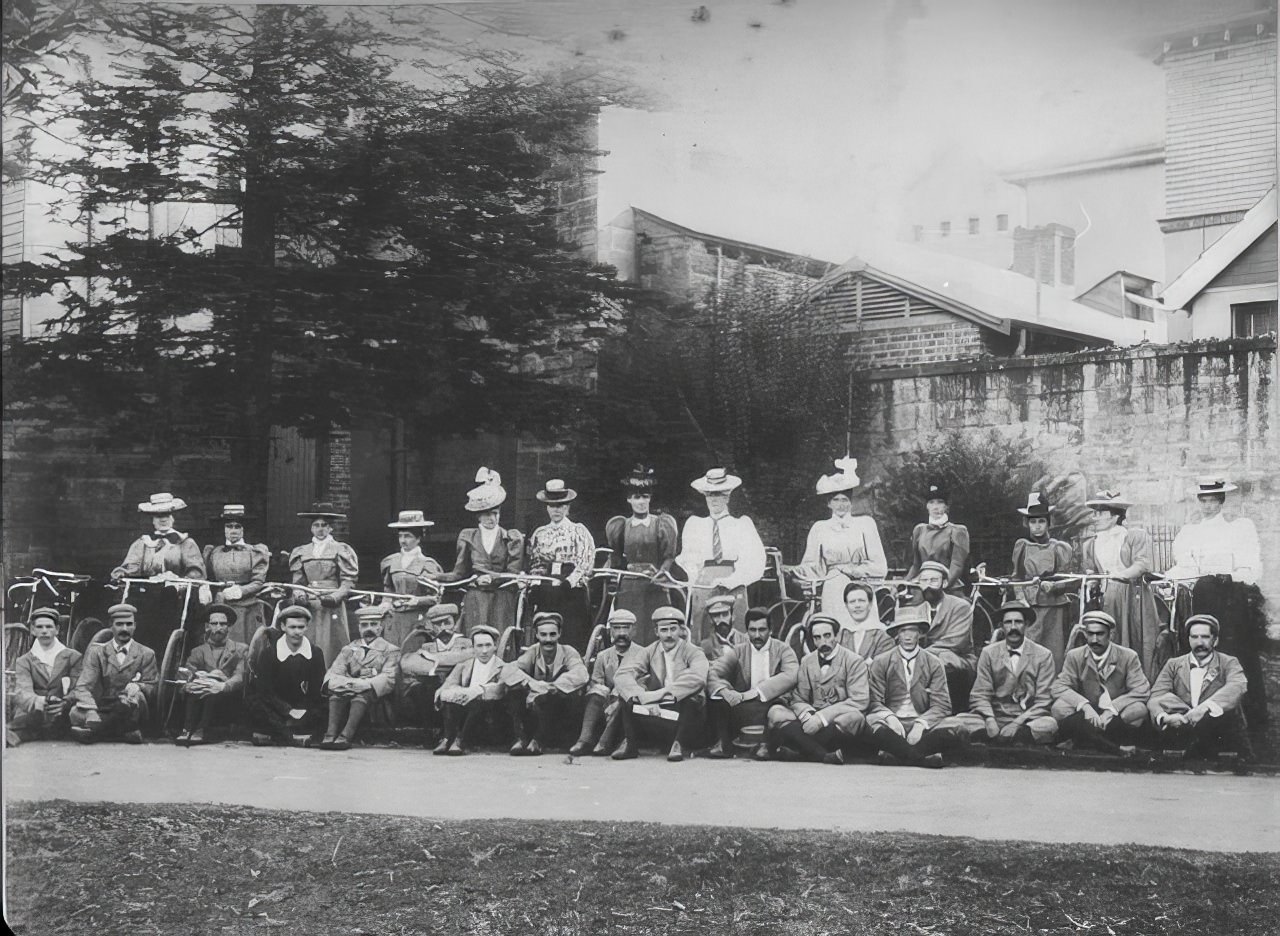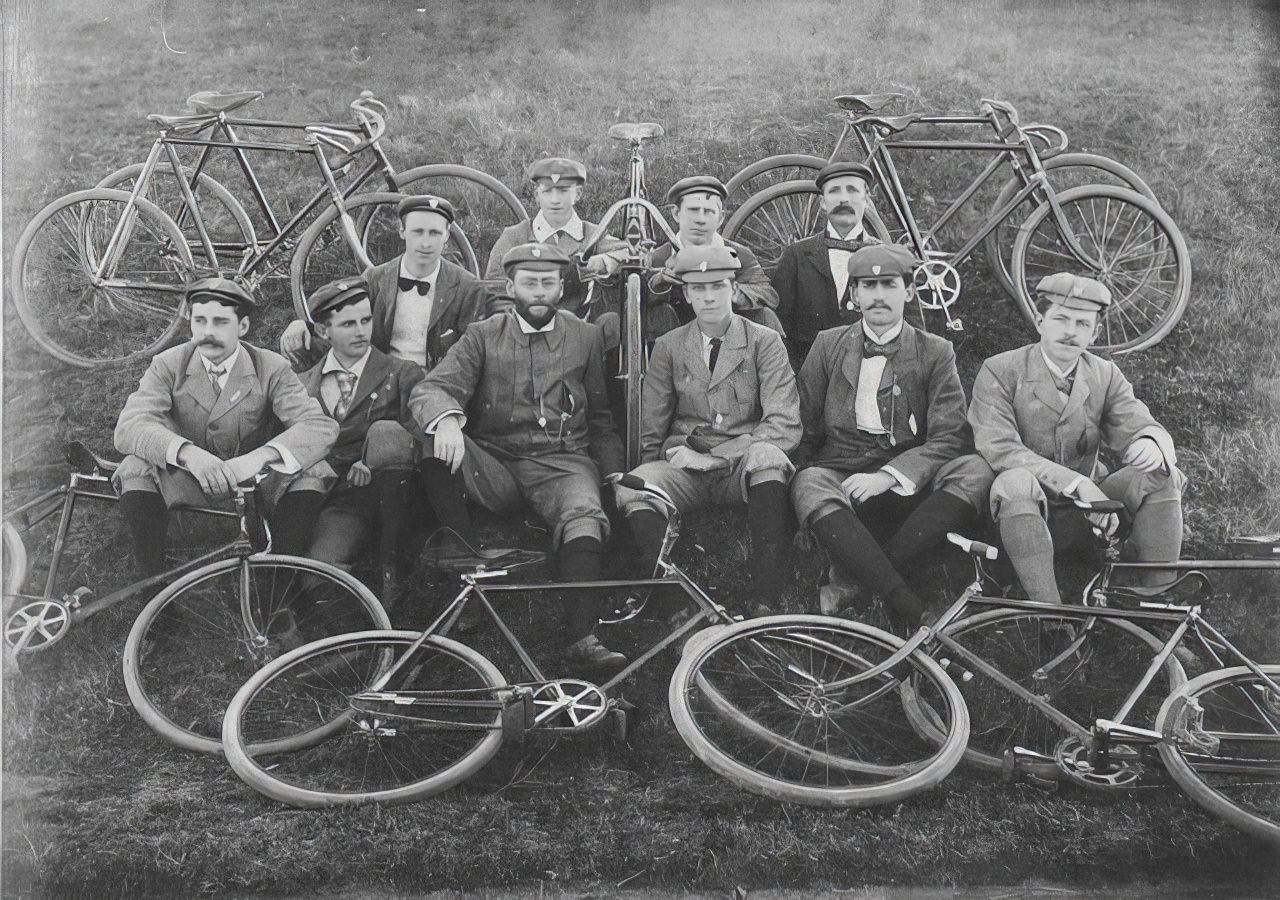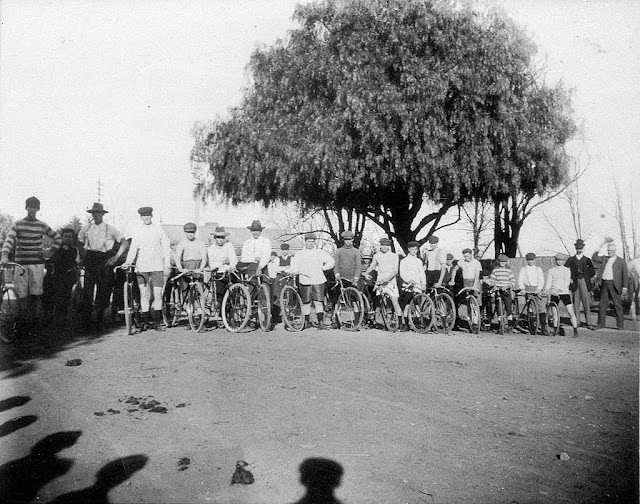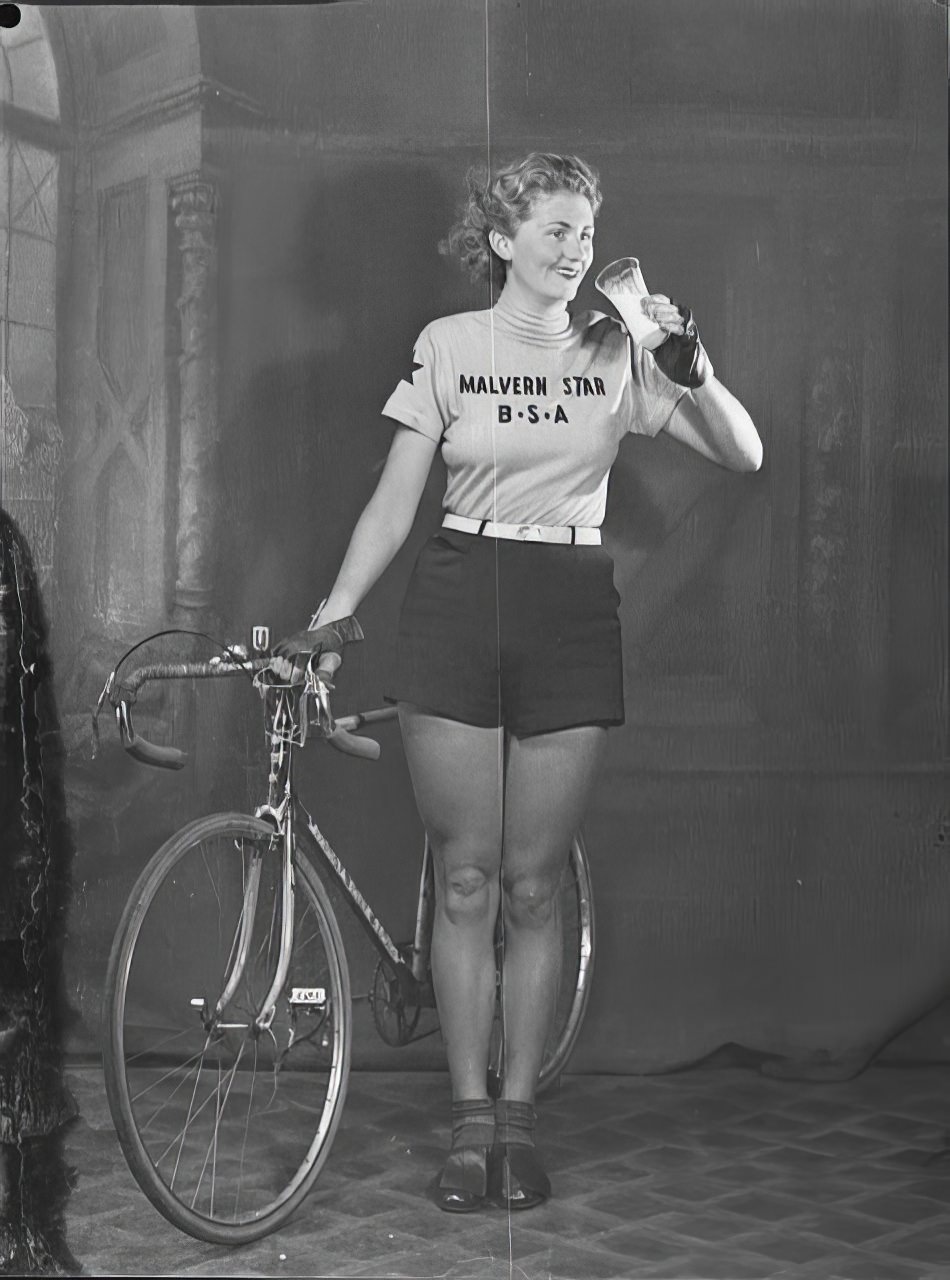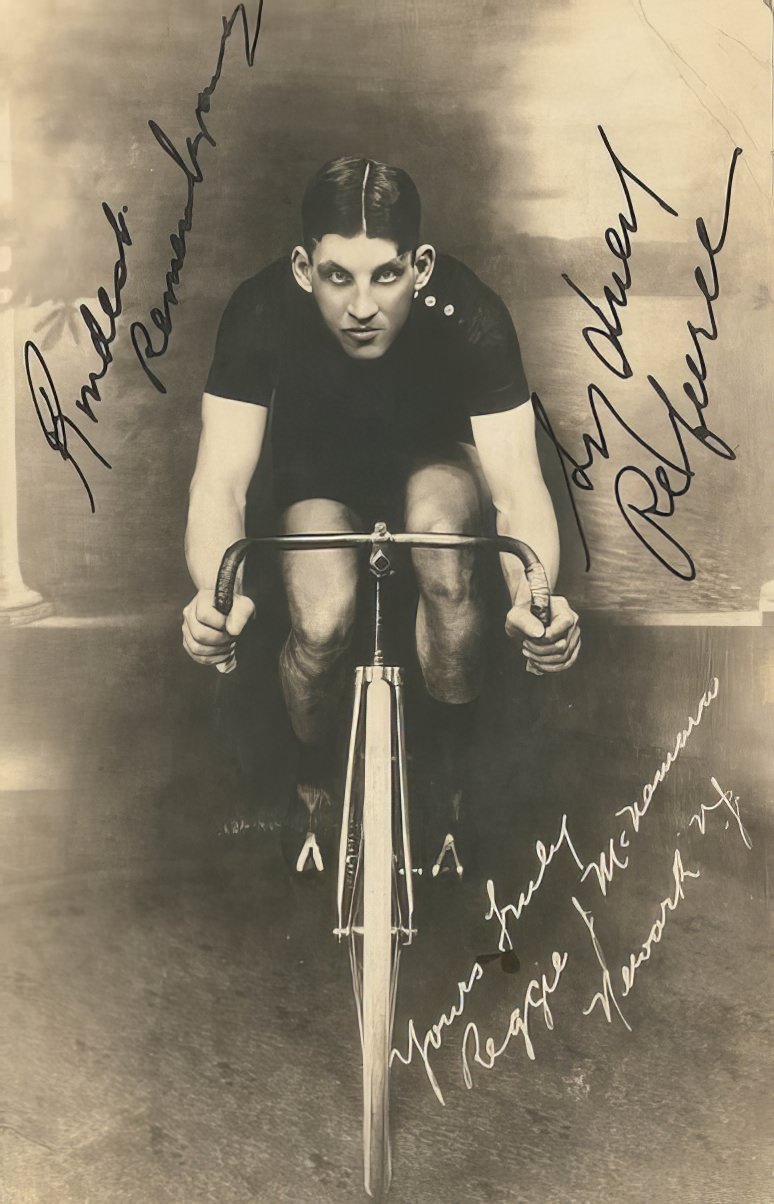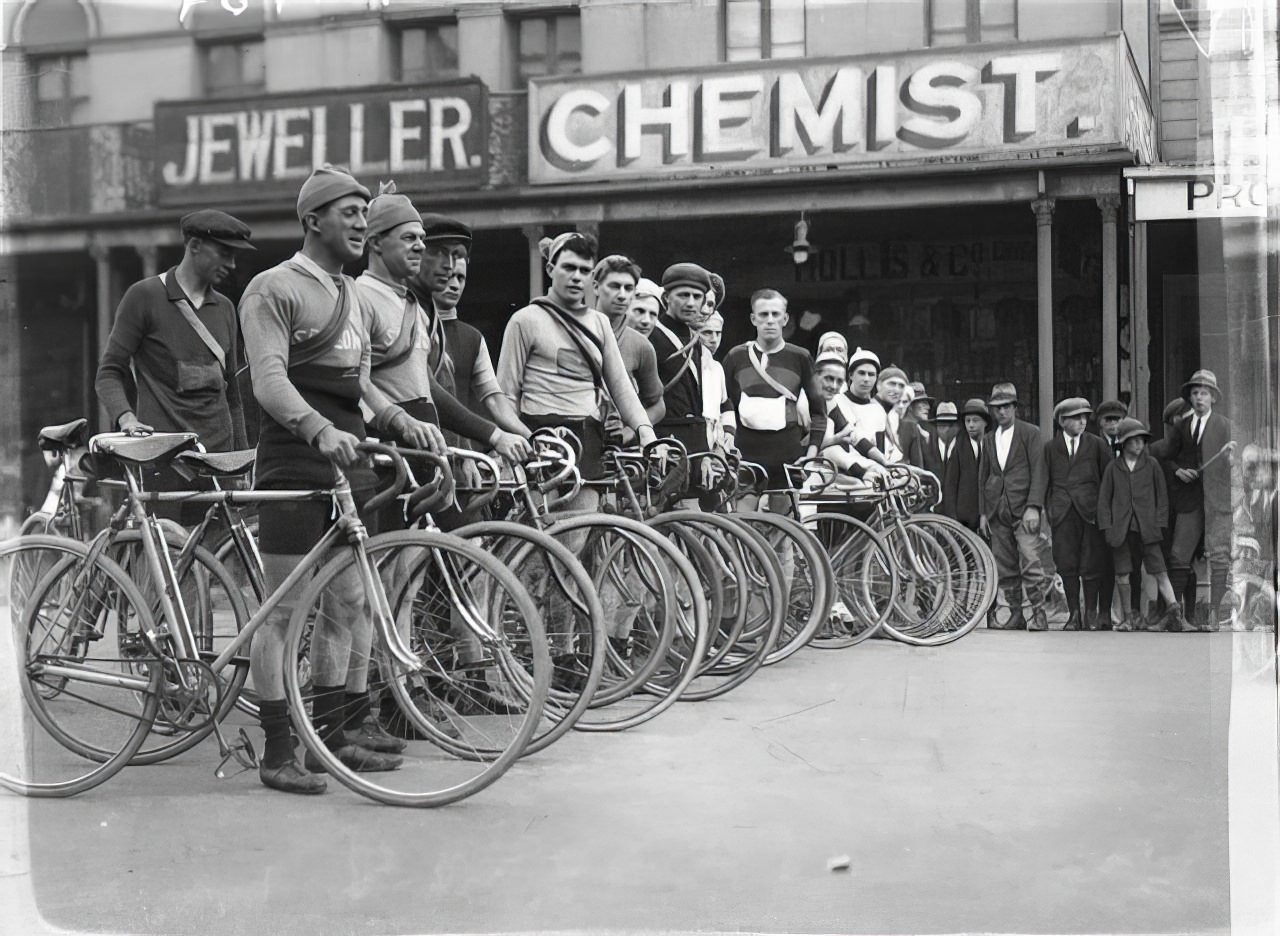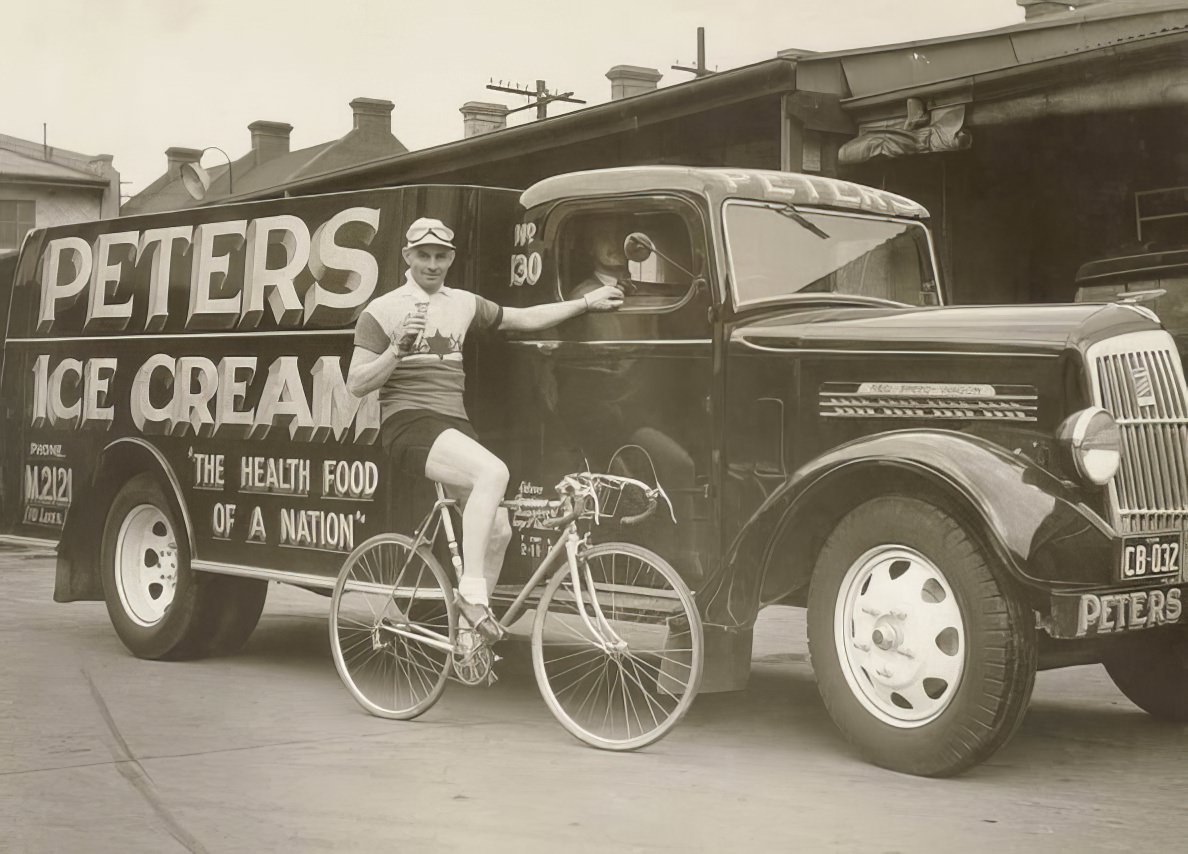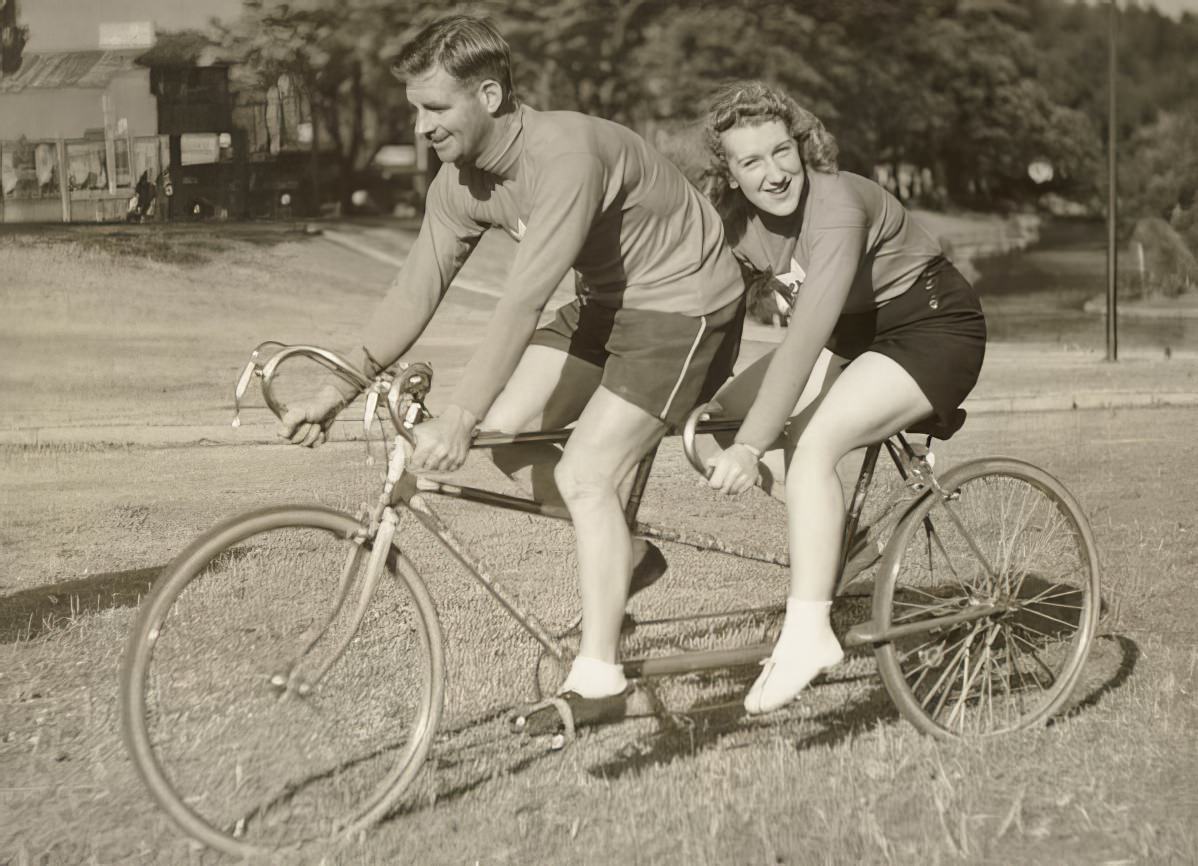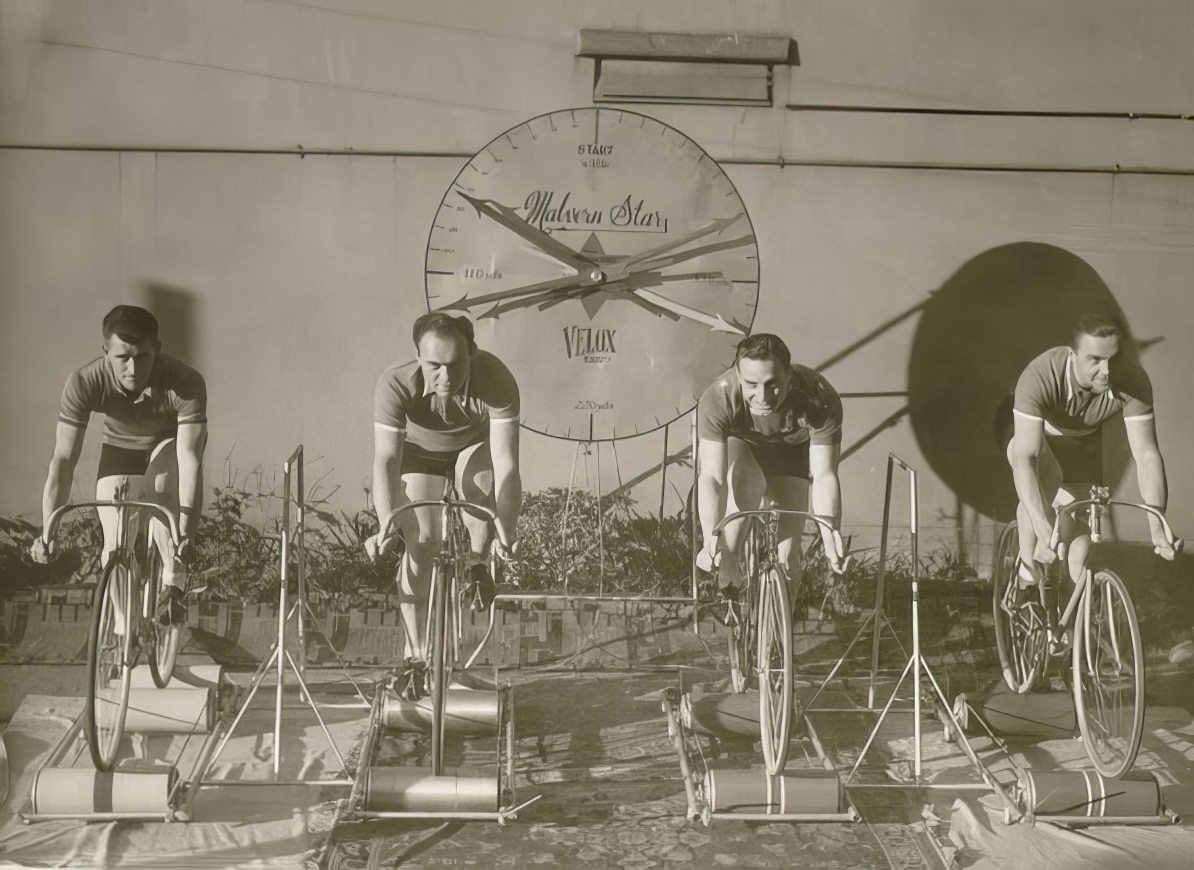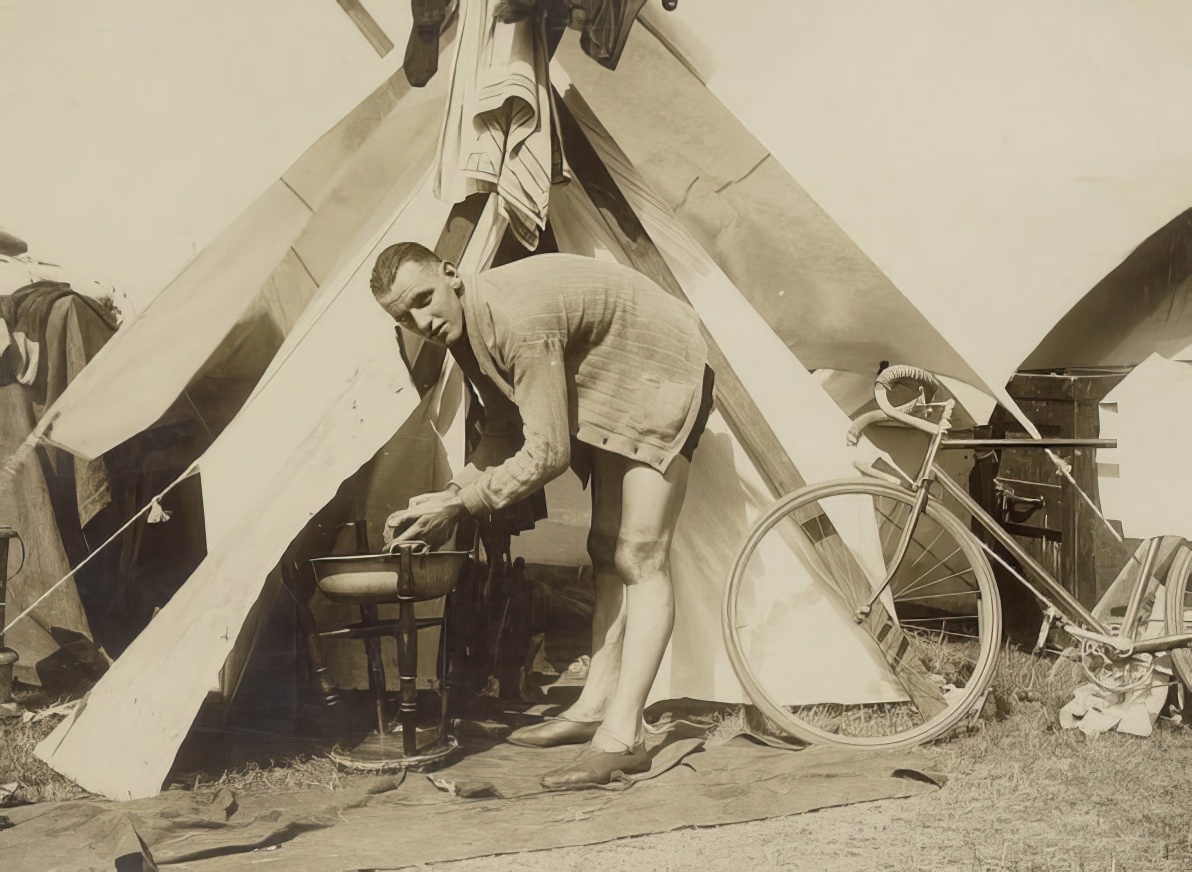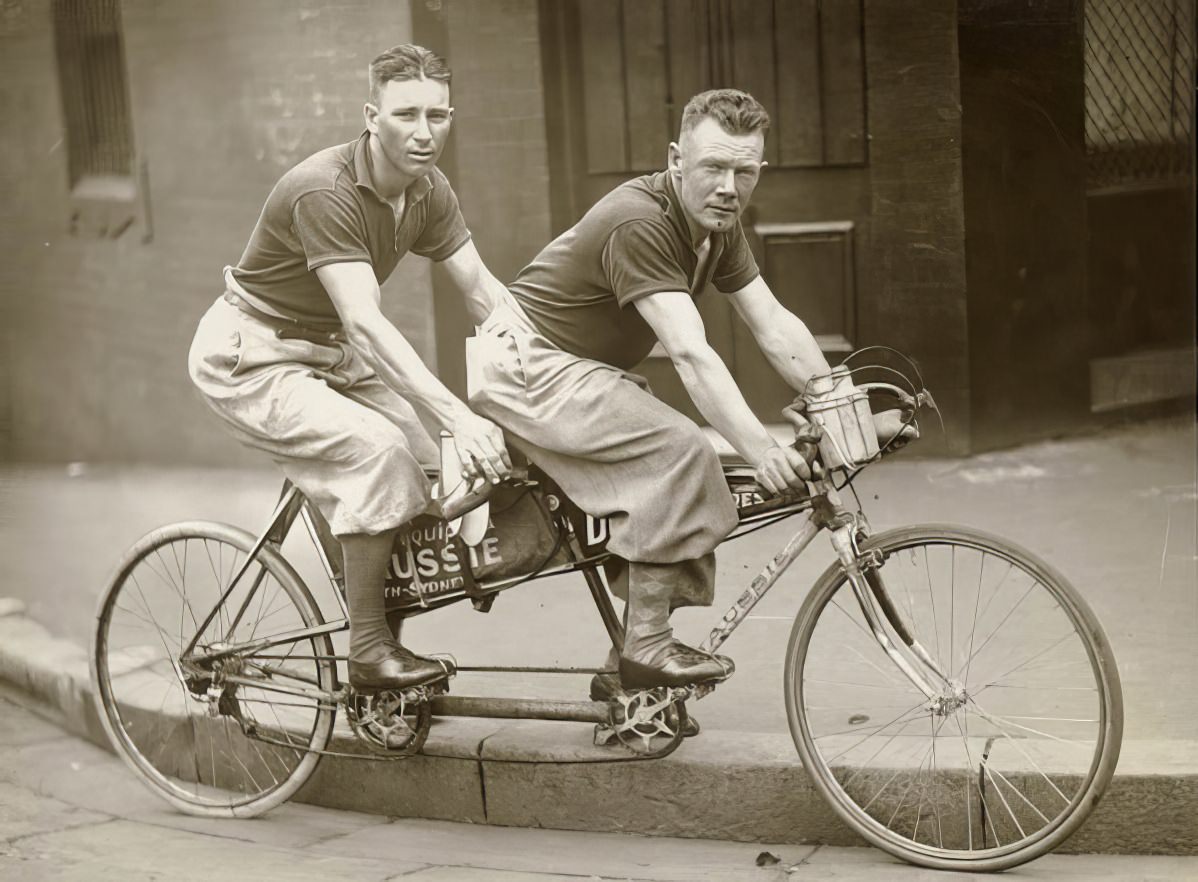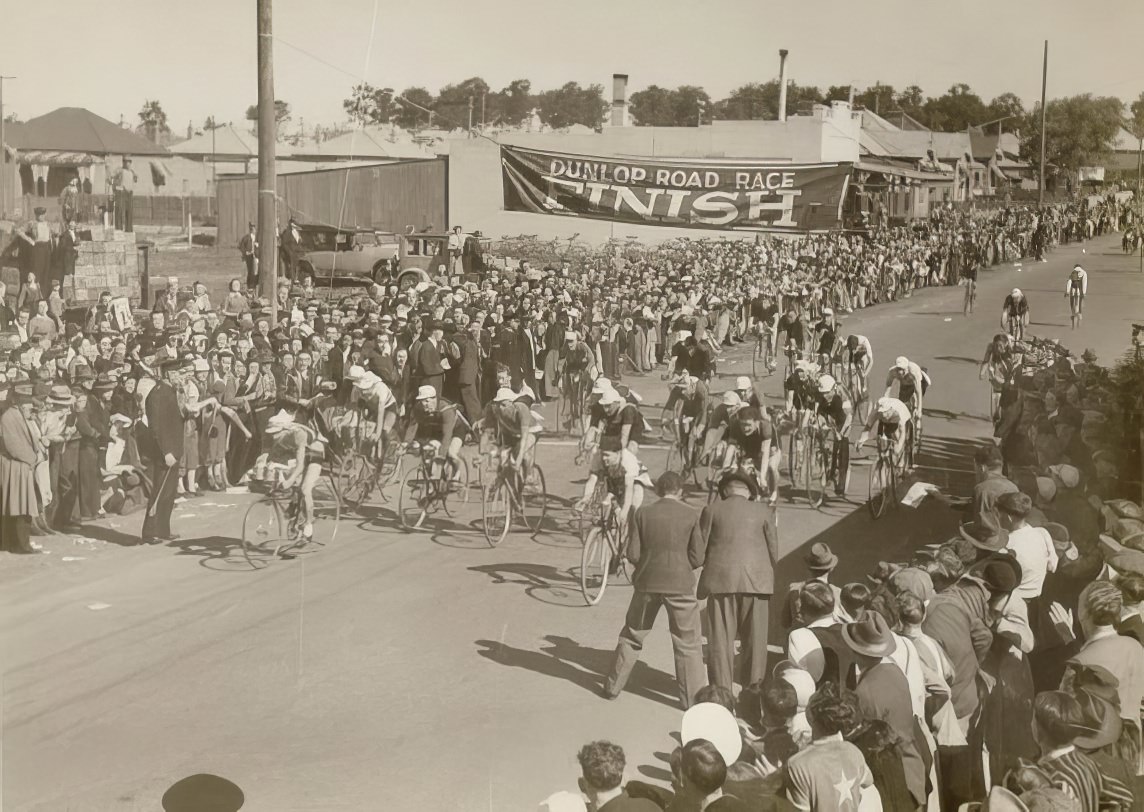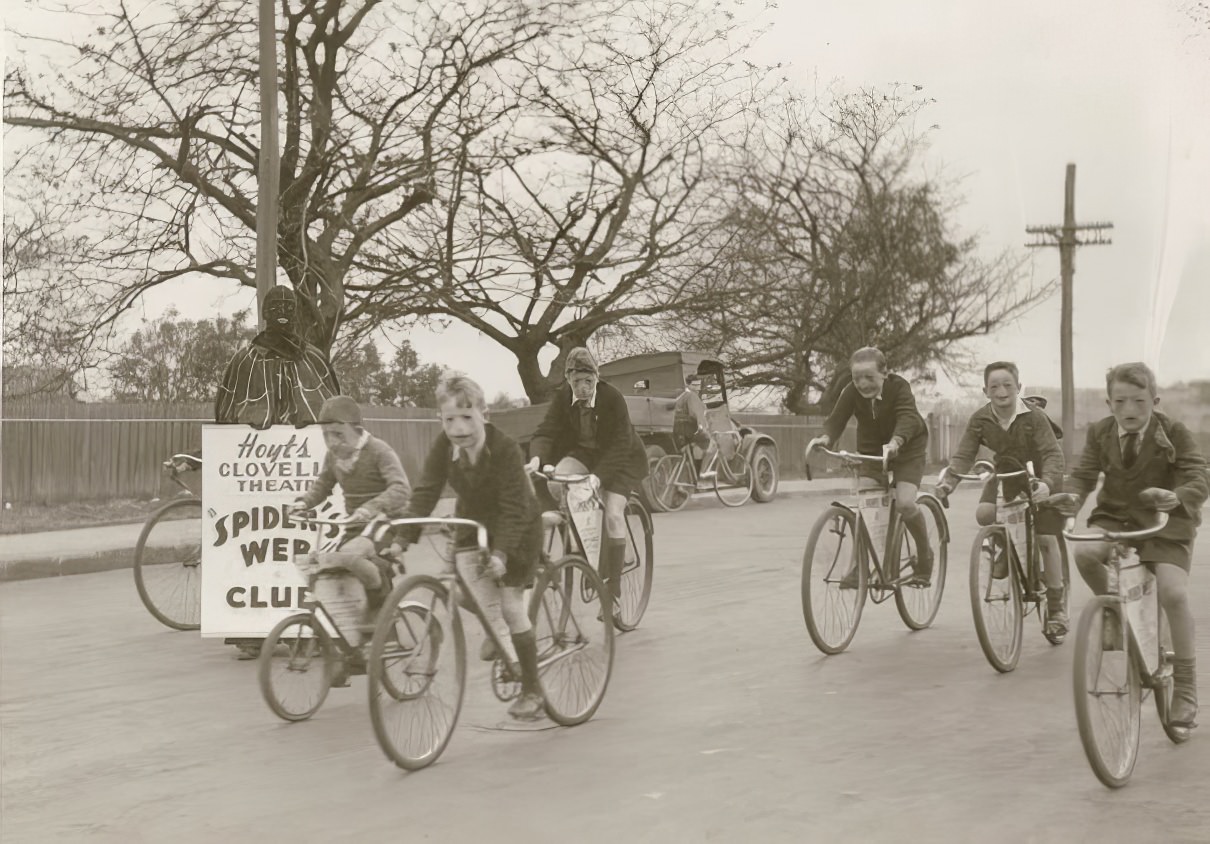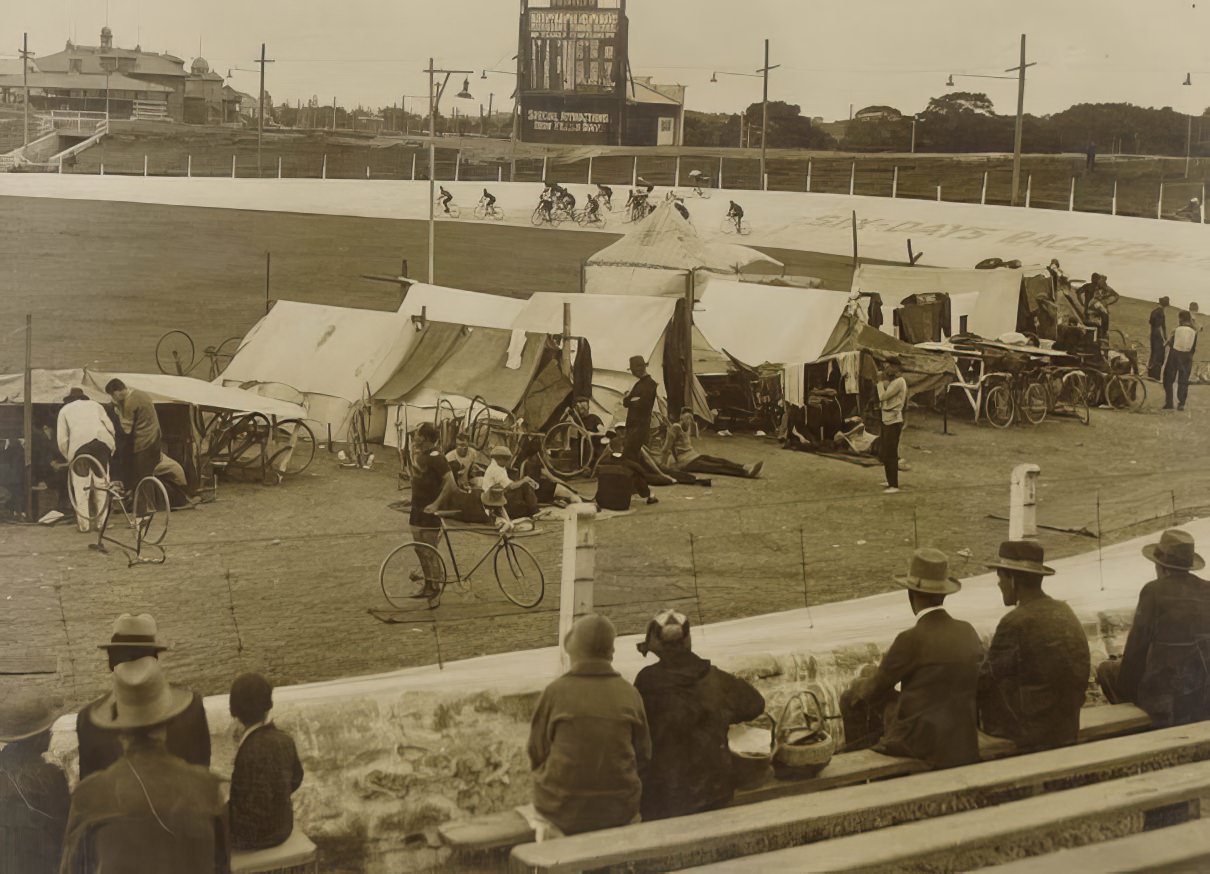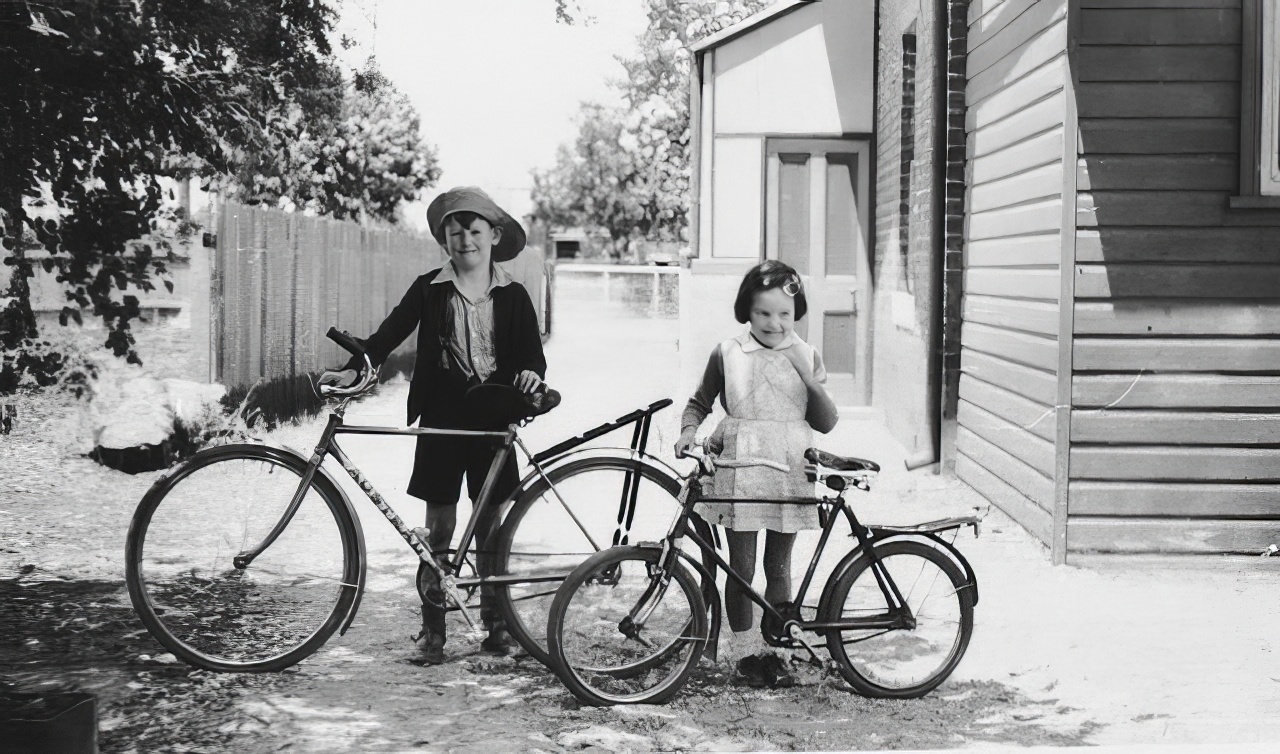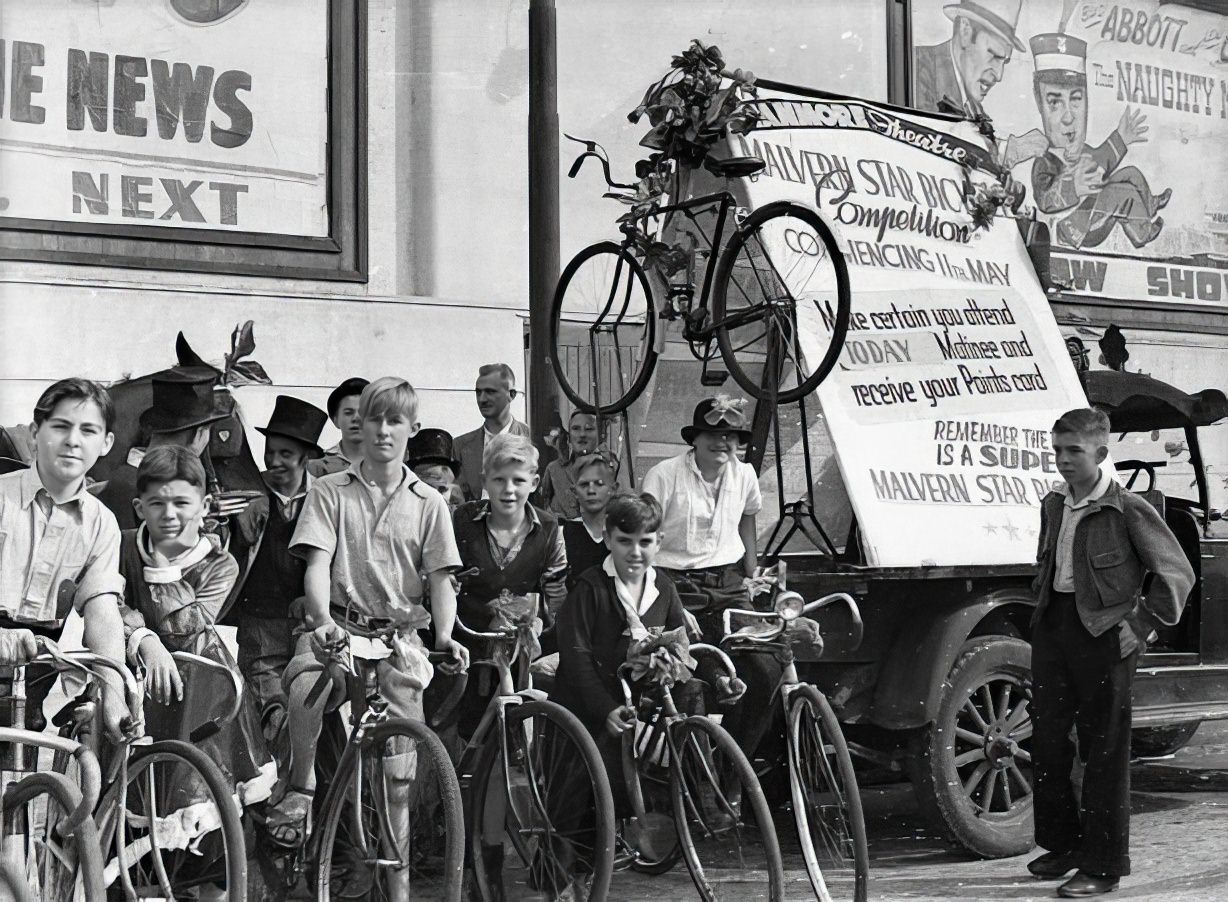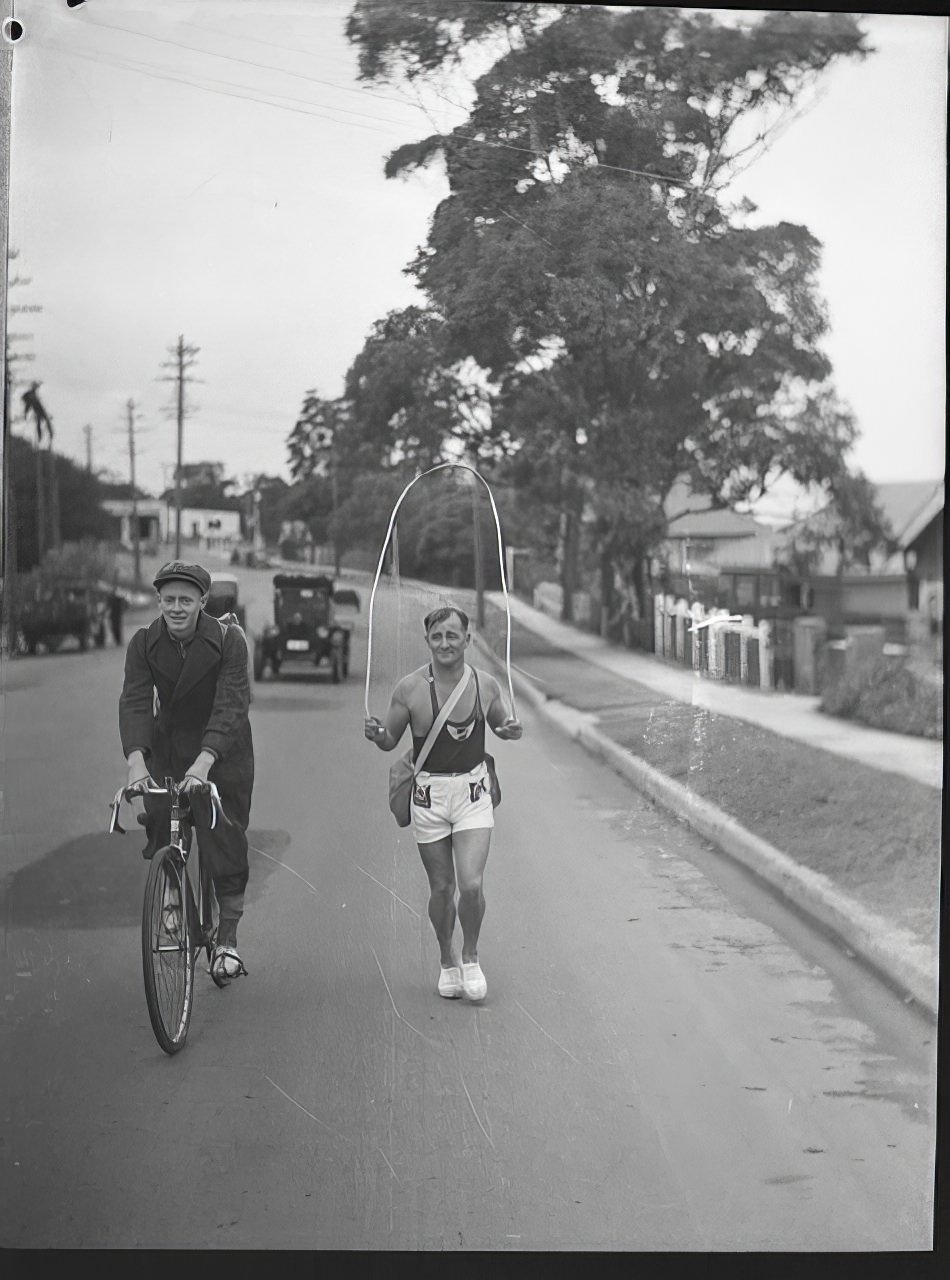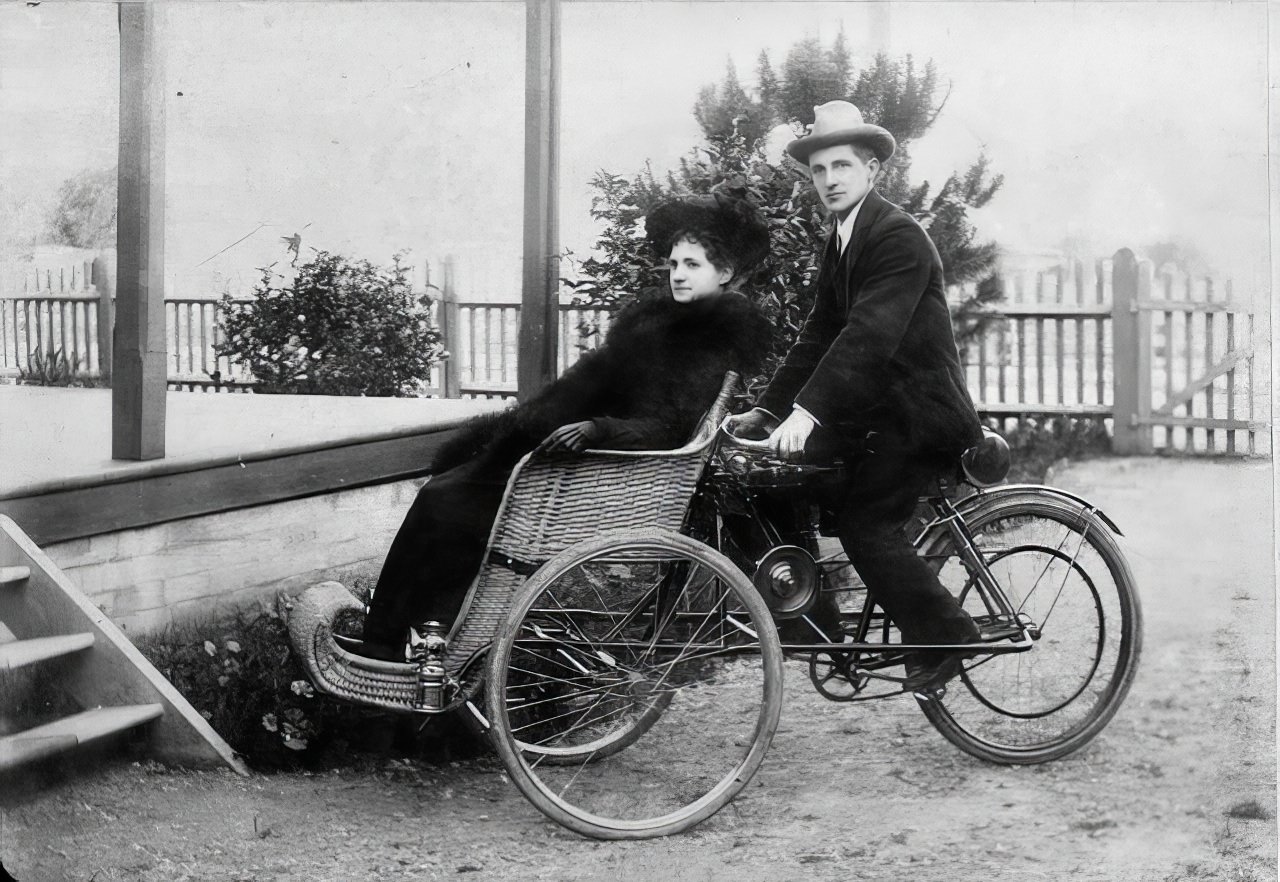Long before the bicycle became a ubiquitous sight on our roads and trails, the concept of a human-powered vehicle captivated the minds of inventors and dreamers. In the 15th century, Leonardo da Vinci, a visionary polymath, sketched a rudimentary bicycle design, demonstrating a keen understanding of mechanics and a desire to explore new modes of movement. However, it would be centuries before these ideas would find tangible expression. The earliest concept of a bicycle-like machine can be traced back to the 17th century, with various sketches and designs emerging from different corners of Europe. These early visions laid the groundwork for the development of a practical human-powered vehicle.
The Birth of the Draisine
In 1817, Karl von Drais, a German baron and inventor, introduced the “Draisine,” also known as the “Velocipede” or “hobby horse.” This contraption consisted of a wooden frame with two wheels, a steering mechanism, and a padded seat. Riders propelled themselves forward by pushing their feet against the ground, much like a scooter. The Draisine quickly became a popular form of recreation, particularly among the upper classes. It offered a novel way to travel and exercise, and it sparked a wave of experimentation and innovation in bicycle design.
Read more
The Boneshaker Era
The 1860s marked a significant leap forward in bicycle design. French carriage makers, Pierre and Ernest Michaux, added pedals to the front wheel of the Draisine, creating the “Velocipede.” This new design, nicknamed the “Boneshaker” due to its rough ride on cobblestone streets, quickly gained popularity. Its pedals allowed riders to travel faster and farther than ever before, and it became a symbol of progress and modernity. The Boneshaker’s popularity led to a surge in interest in cycling, with races and competitions being organized throughout Europe. Bicycle clubs emerged, fostering a sense of community among riders and promoting the sport.
The High-Wheeling Craze
The 1870s witnessed the rise of the “Penny-farthing” or “High-wheeler,” a bicycle characterized by its enormous front wheel and tiny rear wheel. This design allowed for greater speed, as the larger wheel covered more distance with each revolution. However, it also presented challenges in mounting, stability, and safety. Despite these drawbacks, the Penny-farthing became a cultural phenomenon, with daring riders, often dressed in elaborate costumes, taking to the streets and captivating onlookers with their feats of balance and speed.
The Penny-farthing’s popularity, however, was short-lived. Its inherent instability and the difficulty of mounting and dismounting made it impractical for everyday use. Nevertheless, it played a crucial role in the evolution of the bicycle, pushing designers to explore new ideas and configurations in search of a safer and more user-friendly design.
The Safety Bicycle Revolution
The 1880s marked a turning point in bicycle design with the introduction of the “Safety Bicycle.” This revolutionary design featured two wheels of equal size, a chain-driven rear wheel, and a diamond-shaped frame. This configuration offered a more stable and comfortable ride than its predecessors, making cycling accessible to a wider audience. The Safety Bicycle quickly gained popularity, replacing the Penny-farthing as the preferred mode of transportation.
The Safety Bicycle’s impact was far-reaching. It opened cycling to women, who had been largely excluded from the sport due to the challenges of riding a Penny-farthing. The lower step-over height and the more stable design of the Safety Bicycle made it easier for women to ride, leading to a significant increase in female cyclists. The bicycle became a symbol of women’s empowerment and independence, allowing them to travel freely and explore new horizons.
The Golden Age of Cycling
The late 19th and early 20th centuries marked the Golden Age of Cycling. Bicycle manufacturers flourished, cycling clubs thrived, and races like the Tour de France captured the public’s imagination. The bicycle became a symbol of freedom and progress, empowering people to explore their surroundings and connect with nature.
The bicycle also played a crucial role in social change. It provided a more affordable and accessible mode of transportation, enabling workers to commute to their jobs and families to enjoy leisure activities. It fostered a sense of community among riders, as cycling clubs and organizations sprang up across the globe. The bicycle also played a role in the women’s suffrage movement, as it allowed women to travel independently and participate in political activities.
The Modern Era
The bicycle continued to evolve throughout the 20th century. New materials, such as aluminum and carbon fiber, made bicycles lighter and stronger. Gears allowed riders to tackle hills with ease, and suspension systems improved comfort on rough terrain. In recent years, electric bicycles have gained popularity, providing an alternative for those who want assistance with pedaling or who need to commute longer distances. Mountain bikes, designed for off-road adventures, have also become a popular choice for thrill-seekers.
The bicycle industry continues to innovate, with new designs and technologies constantly emerging to meet the needs and desires of riders. The integration of GPS technology, smart sensors, and even 3D printing has opened up new possibilities for customization and performance.


